In December 2019, I checked into the Ninenzaka House at Park Hyatt Kyoto, a luxury hotel which opened its doors in the ancient Japanese capital on 30 October 2019. Situated in the historic Higashiyama hills steeped in ancient Japanese traditions and literally steps away from the charming Ninenzaka and Sannenzaka stone-paved slopes and alleys lined with quaint Japanese shops and restaurants which invoke feelings of the old capital city, the 70-room guesthouse-style property is about 15 minutes away from Kyoto Station (which connects Kyoto to Tokyo via the Shinkansen bullet train in around two hours) and within walking distance from key Kyoto destinations like Yasaka Shrine, Yasaka Pagoda and notable UNESCO World Heritage sites such as Kiyomizu-dera temple and Kodai-ji temple.
The hotel opening marks one of the earliest of many hotly-anticipated hotel launches in Japan in the run-up to the Tokyo 2020 Summer Olympics (other notable openings in Q4 2019 include Aman Kyoto and The Okura Tokyo).
The UTW (“Under Ten Words”): Japanese traditions meet elegant modern luxury in Kyoto.
The must-dos (if any): Spend time in your beautifully-appointed and luxurious guest room, have lunch at Kyoto Bistro, enjoy an evening cocktail at Kohaku, soak up a sweat in the bathhouse, explore the streets of Ninenzaka and Sannenzaka, visit the nearby temples and attractions.
PARK HYATT KYOTO
Jointly developed by Takenaka Corporation (incidentally the main contractors for Singapore Changi Airport Terminal 2’s upcoming expansion works) and the award-winning Tony Chi and Associates (the minds behind Rosewood Hong Kong’s iconic aesthetic), the luxury guesthouse features Japanese design, architecture and artisanal craftsmanship with touches of modern luxury. Upon arrival at the driveway, situated just steps away from the pedestrian-only Ninenzaka area bustling with tourist activity, guests are escorted down a sheltered outdoor walkway past an indoor garden and through automatic sliding doors before reaching the reception area to complete the check-in process. The reception space segues seamlessly into lobby lounge The Living Room, which sets the stage for the hotel’s brand of luxurious residential comfort with its open fireplace and home-style furnishings.
The hotel is quite literal in its promised offering of Japanese tradition meets modern luxury. At the heart of the property, with its own exclusive entrances, lies a historic old Japanese garden with stone steps which lead to Kyoyamato, a traditional ryotei and culinary institution serving authentic Kaiseki cuisine. The family-run business (who are incidentally one of the hotel’s owners) has been operational since 1877 and continues to command a formidable waiting list for its coveted seatings. The Kyoyamato restaurant premises – the entirety of which are only accessible to dining guests with advance reservations – comprise various lovingly restored historic buildings, including an Edo-era teahouse where feudal warlords supposedly had clandestine meetings.
Apart from Kyoyamato, another traditional Japanese icon featured prominently as part of the guesthouse experience is the looming Yasaka Pagoda in the distance. The most premium rooms in the property are those which offer the best pagoda views, while elsewhere the dramatic backdrop of the brightly-illuminated pagoda at night is an integral part of the sensorial experience at 4th level F&B concepts Yasaka and Kohaku.
In terms of wellness, the guesthouse features a well-equipped fitness centre, a spa with a treatment suite for two and a private bathhouse equipped with cosy Japanese-style hot-tubs as well as dry and mist saunas. Aside from The Living Room, the hotel has two other social spaces, Tea Lounge and Library, which are located on the 5th level.
While the guesthouse may not offer much in terms of on-site facilities, the property’s strategic location in the heart of the Higashiyama hills – a historic region known as the birthplace of traditions such as the Japanese tea ceremony and ikebana flower arrangement – gives its guests extremely convenient access to the region’s wealth of shrines, temples, restaurants, cafes, souvenir stores, various specialty concepts such as pottery shops and kimono rental stores as well as local food stalls selling regional treats such as matcha ice cream, dango (rice flour dumplings on sticks), yatsuhashi (packets of rice flour, sugar and cinnamon) and warabimochi (jelly-like confection made from bracken starch and covered or dipped in kinako or green tea powder). On a related note, if Japanese urban legends are to be trusted, one should most definitely watch one’s step while walking along the Ninenzaka and Sannenzaka footpaths.
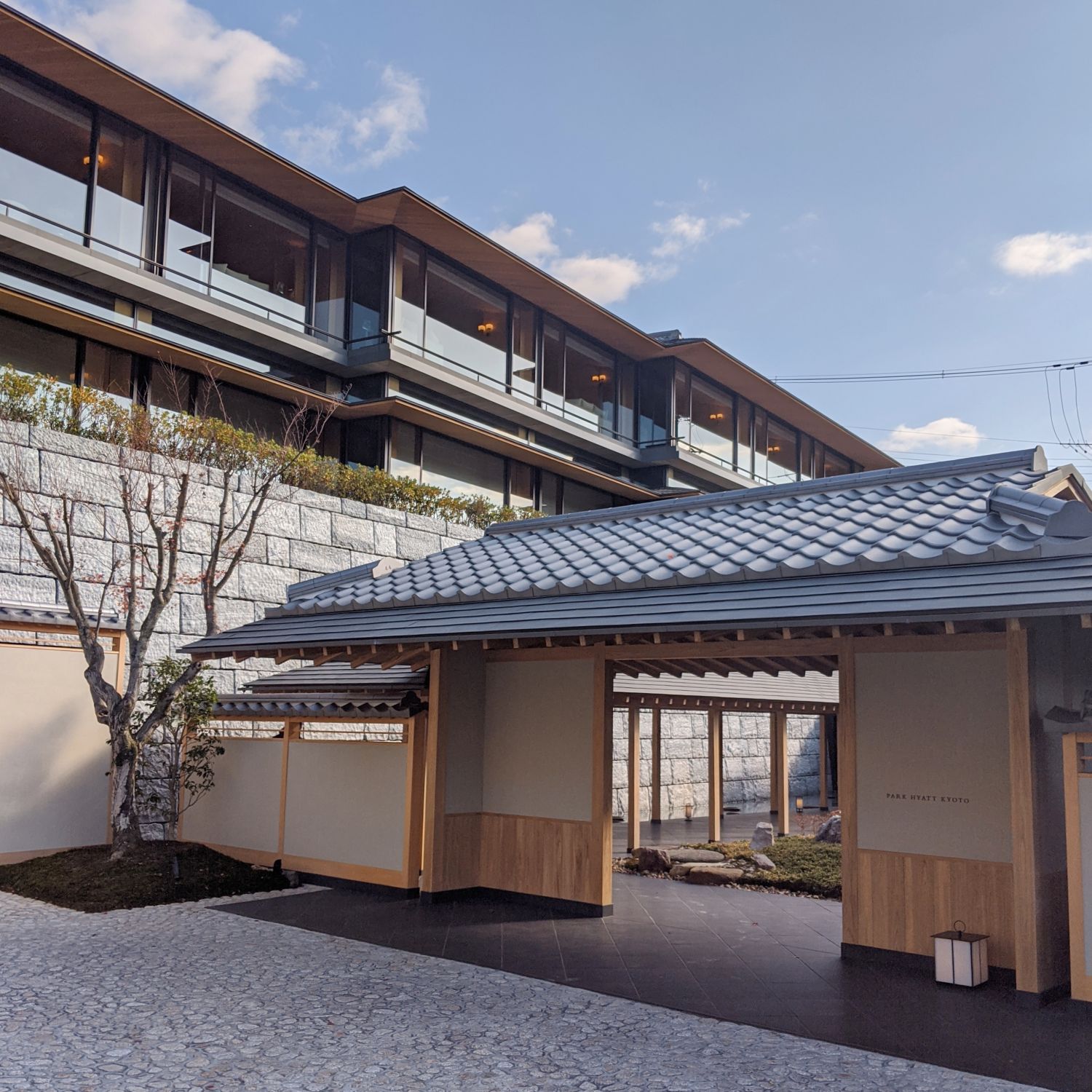
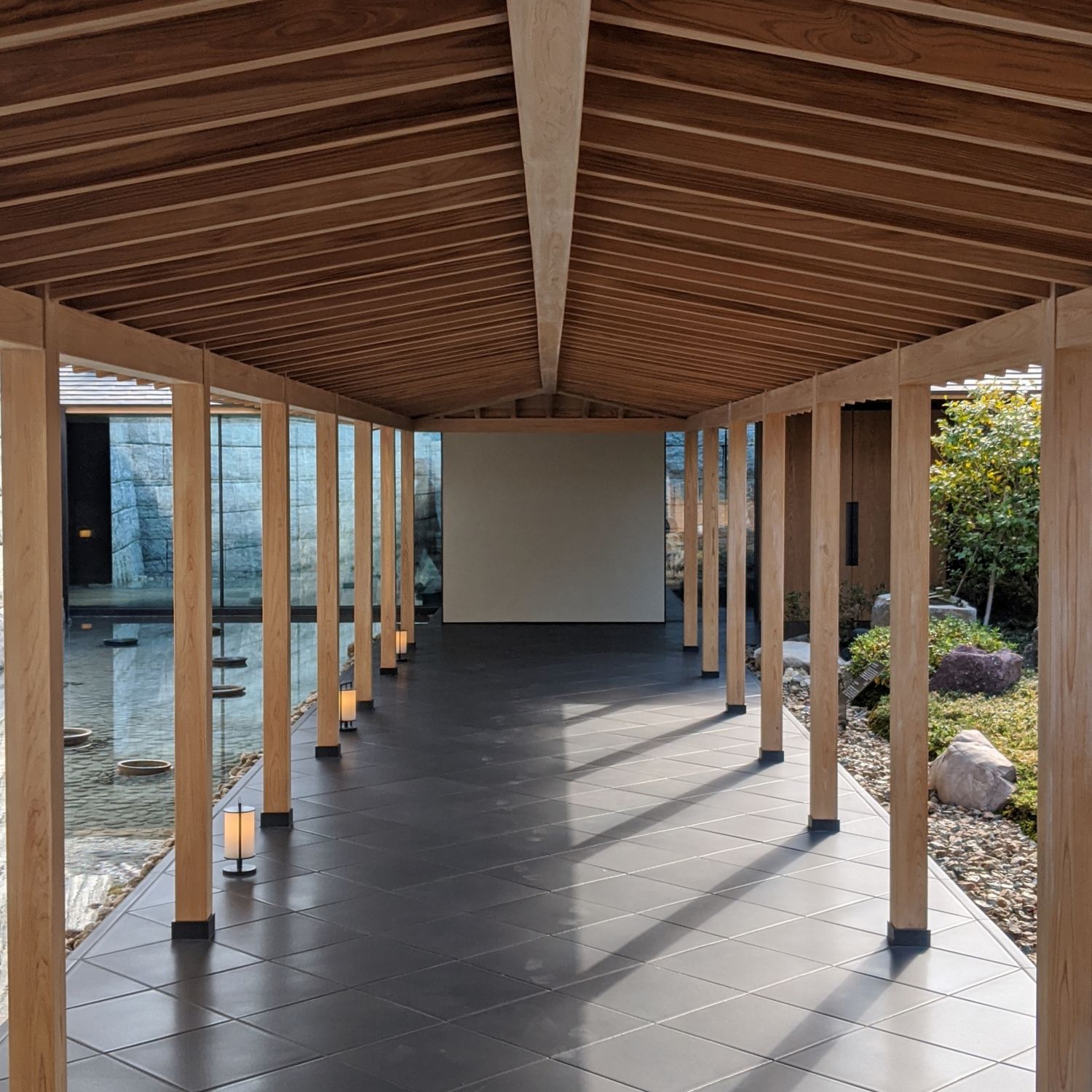
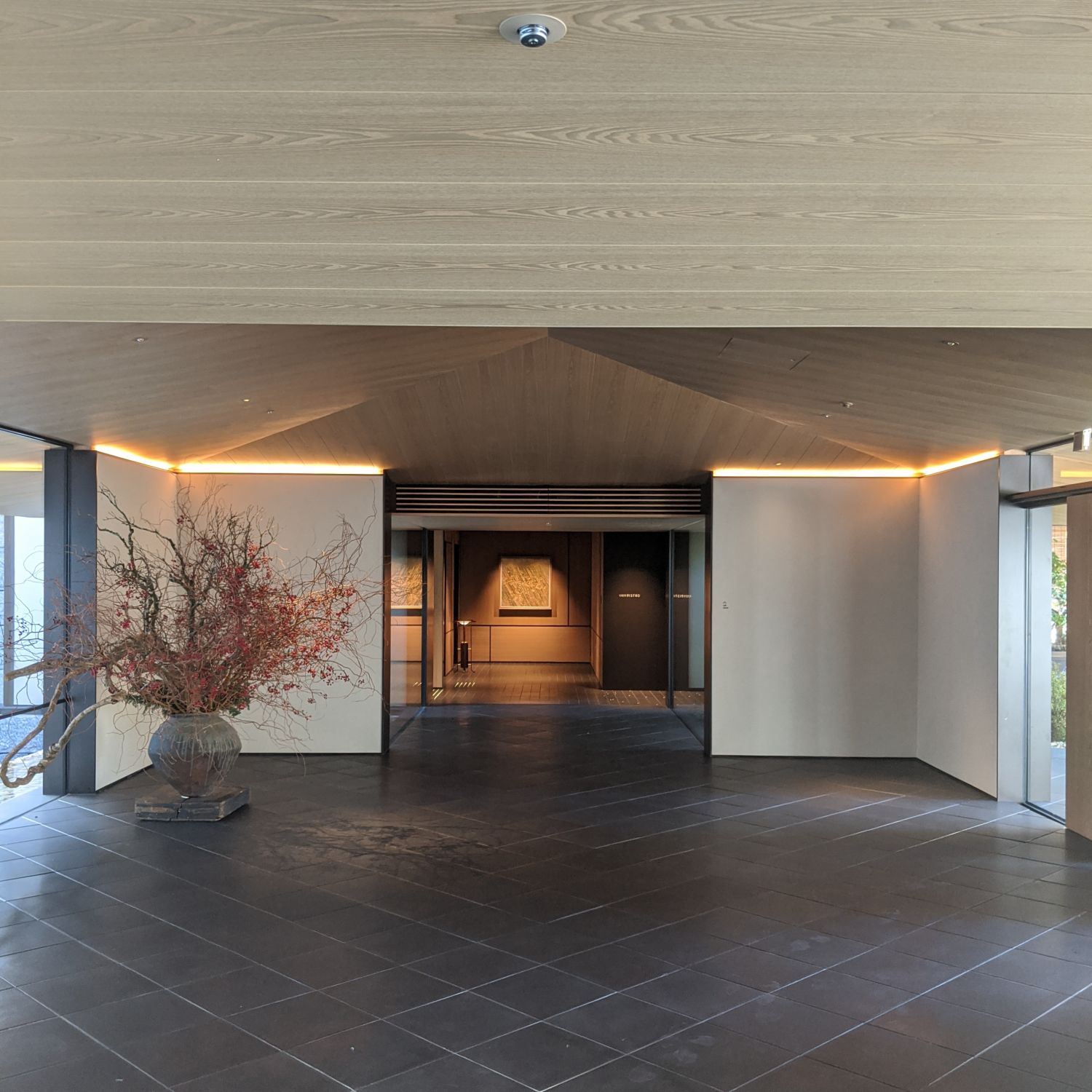
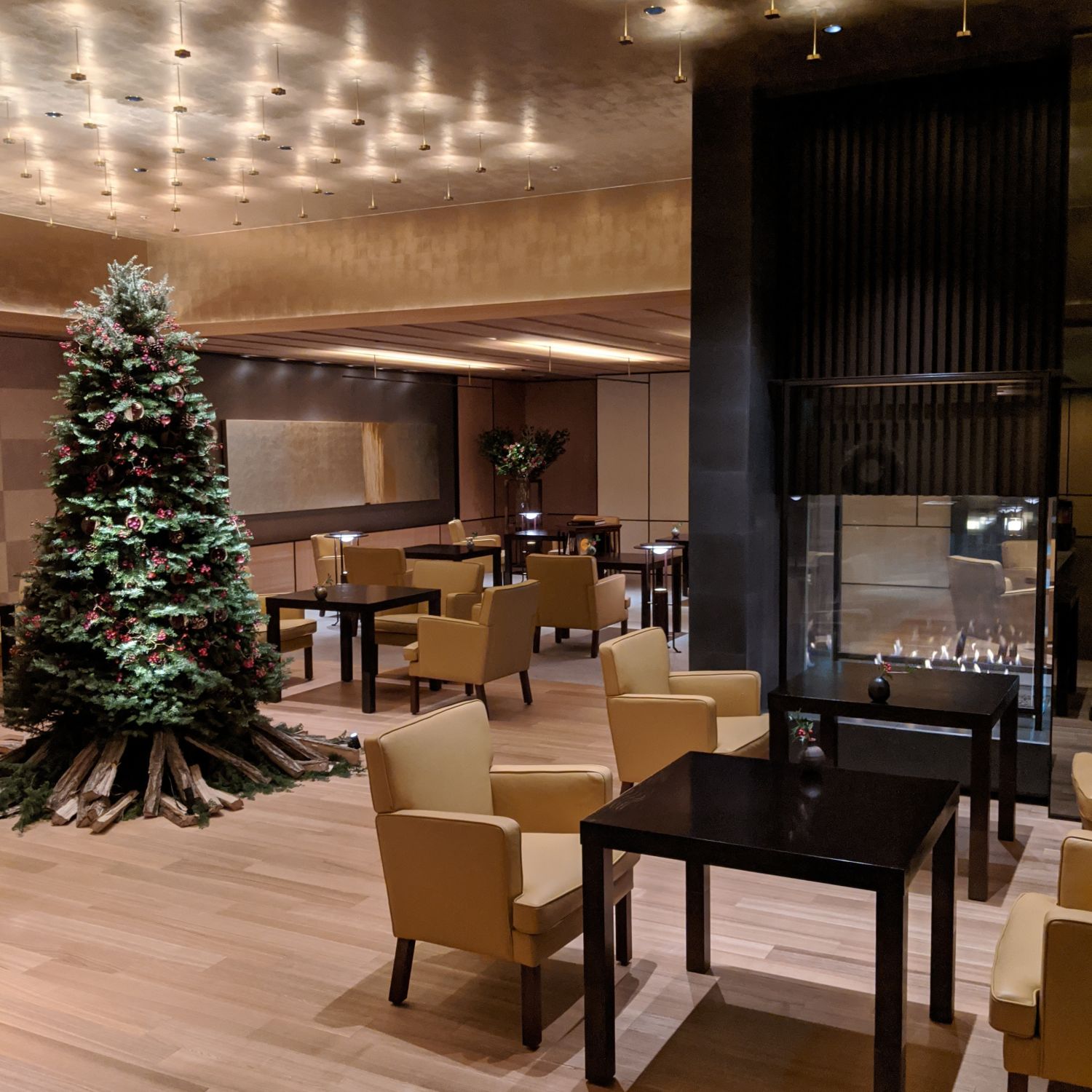
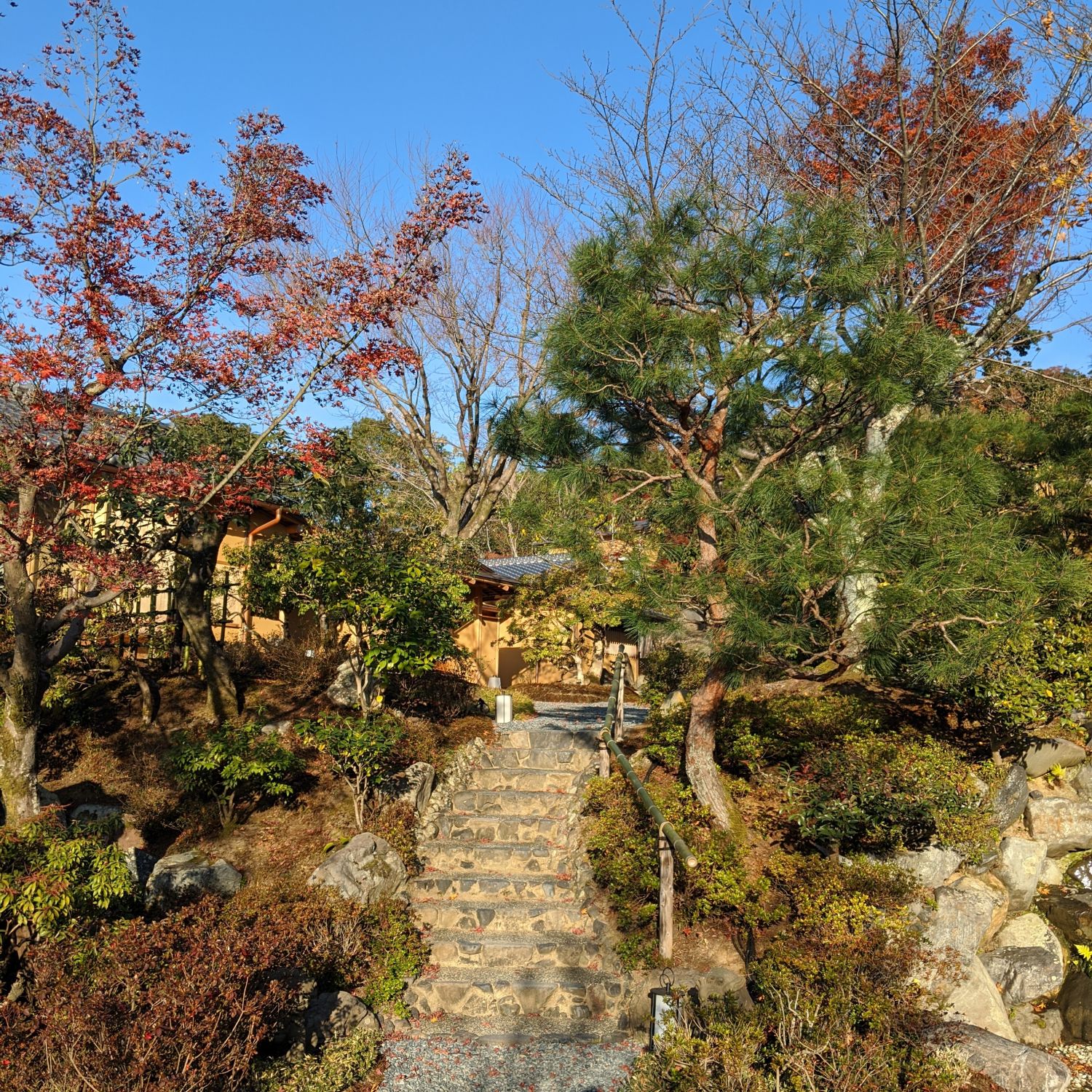
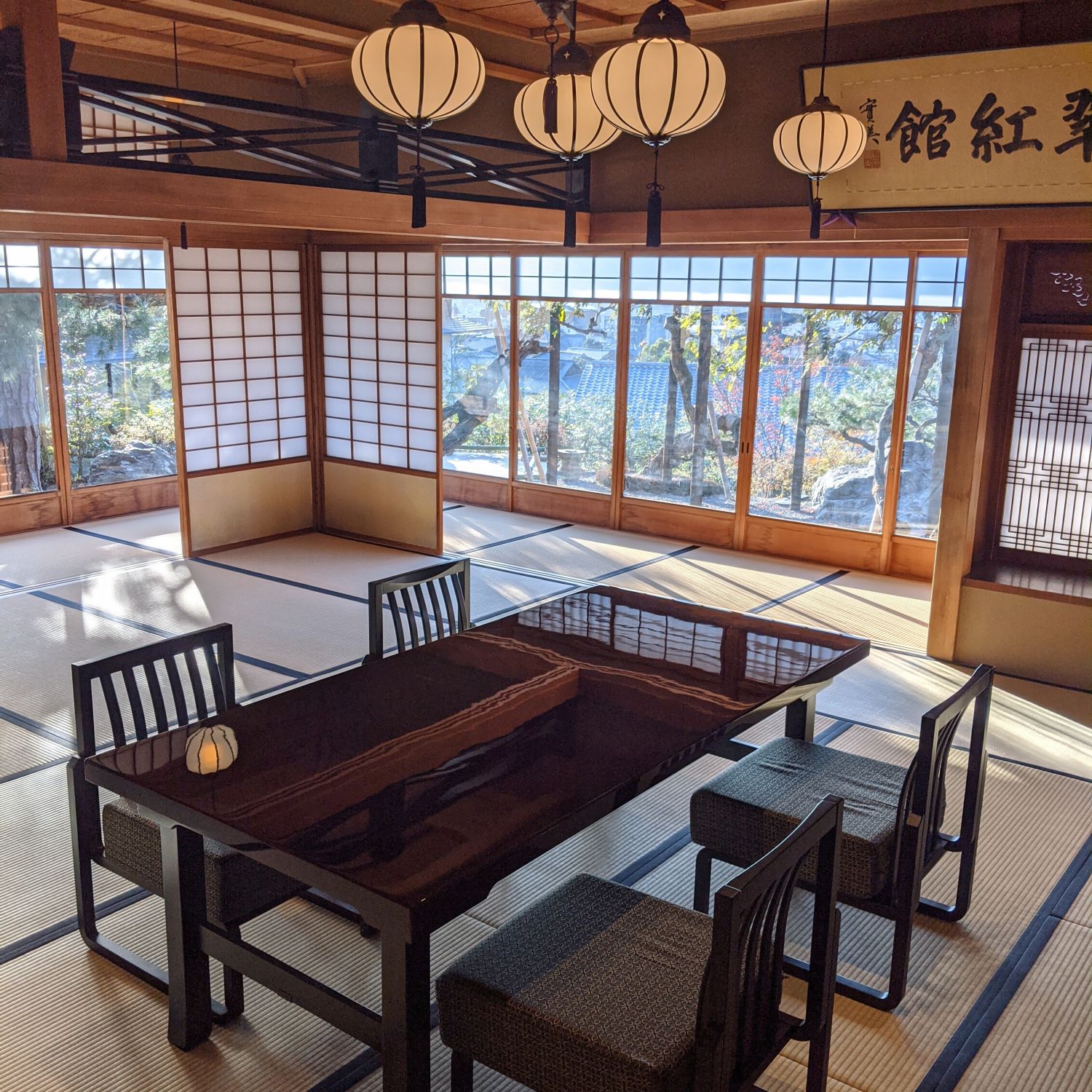
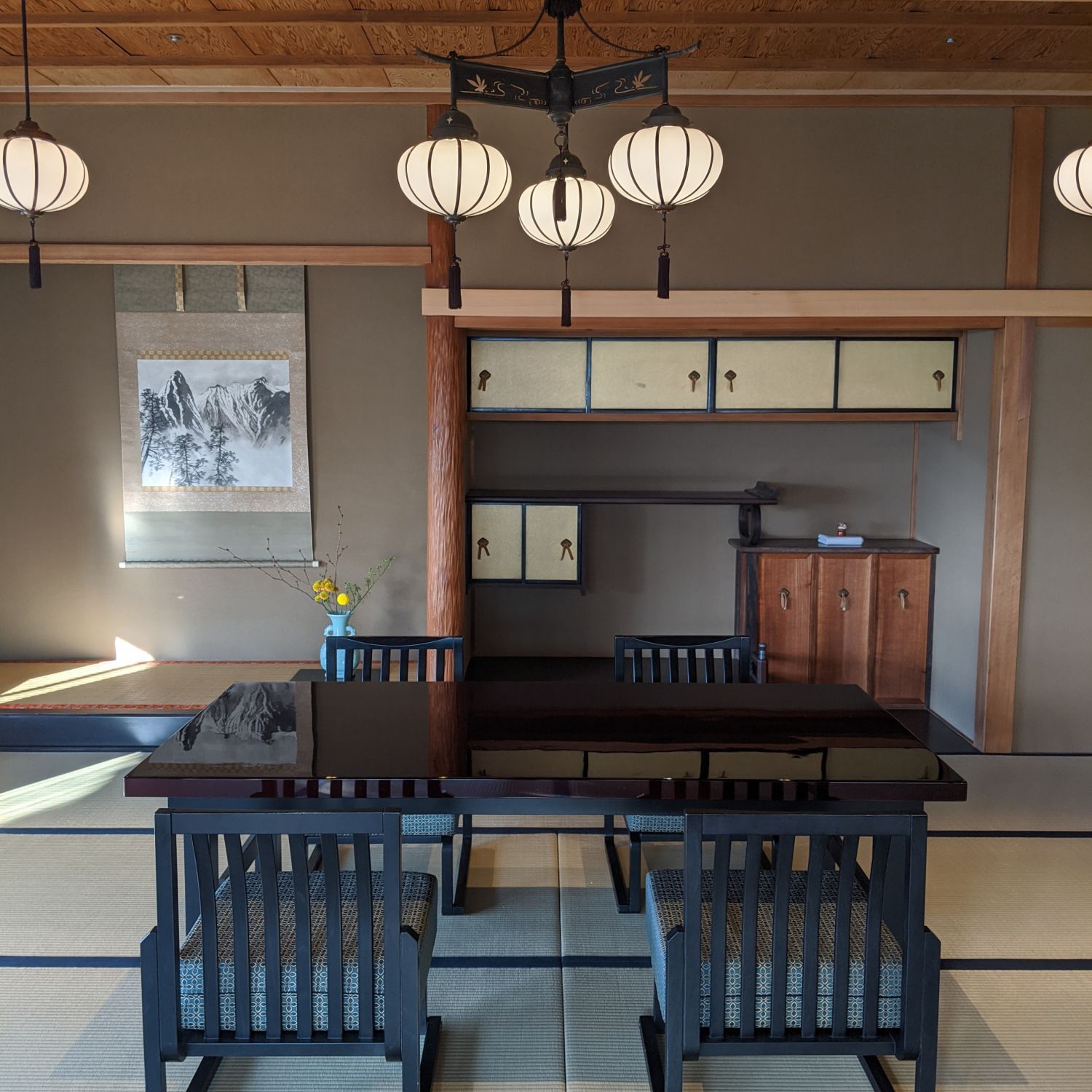
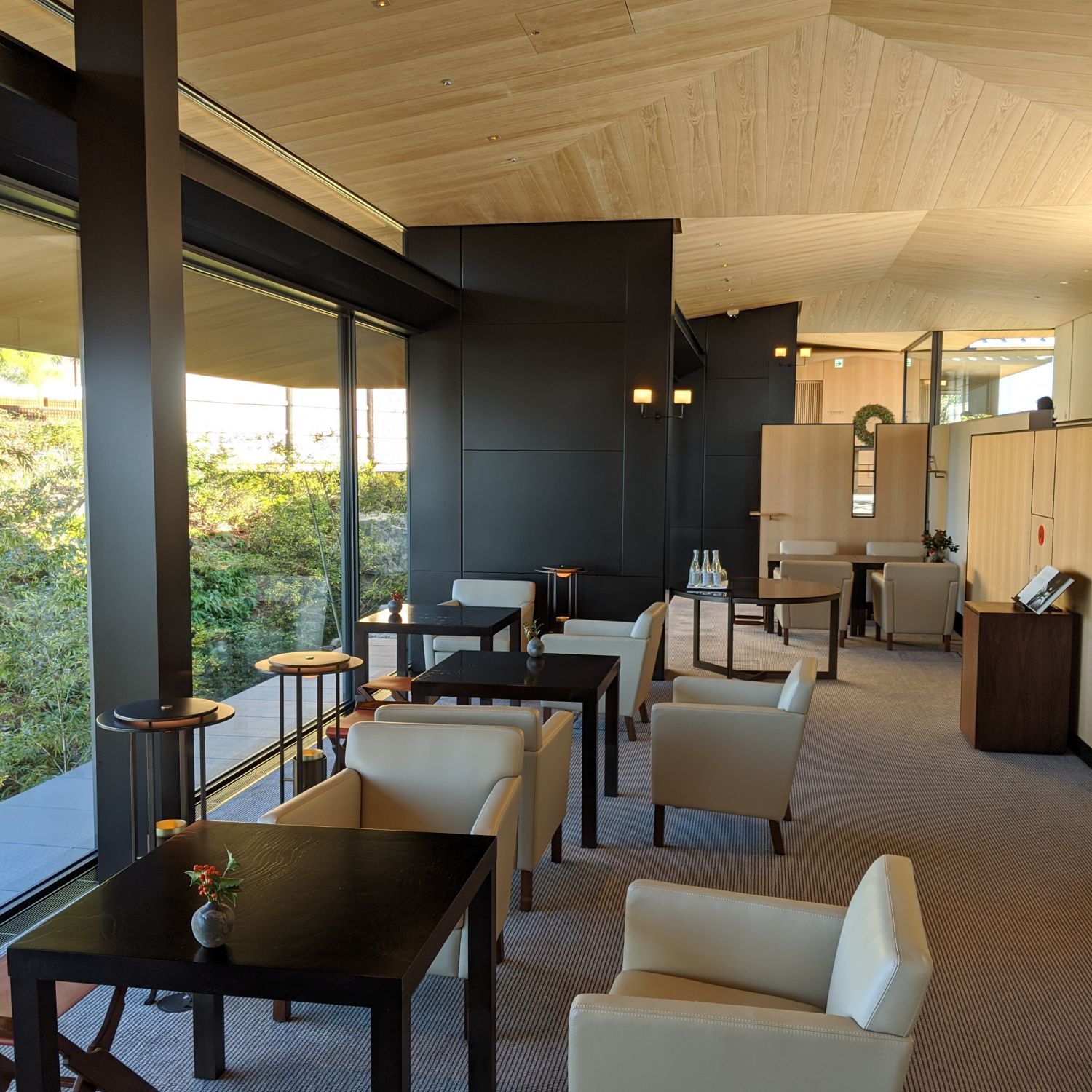
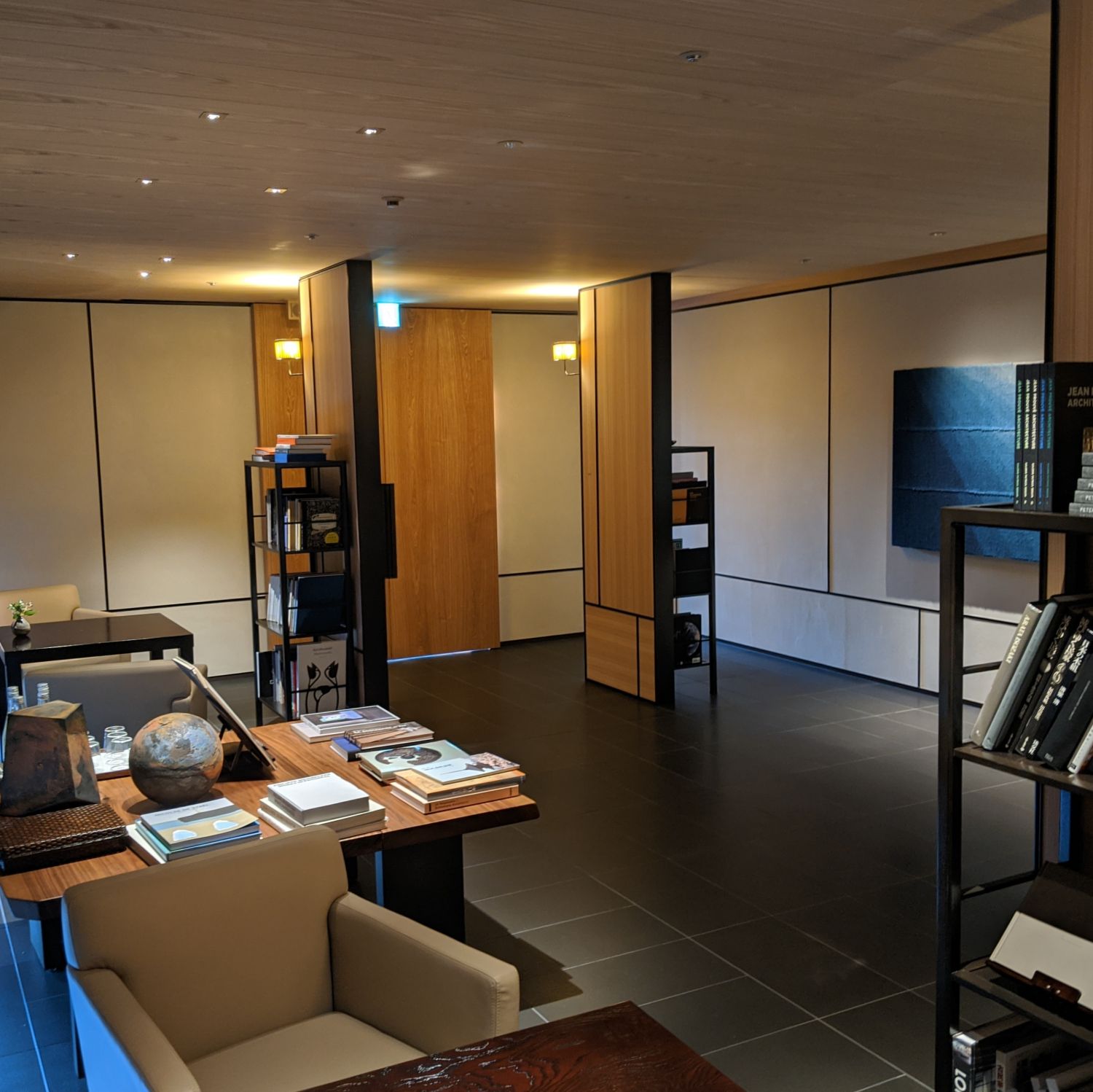
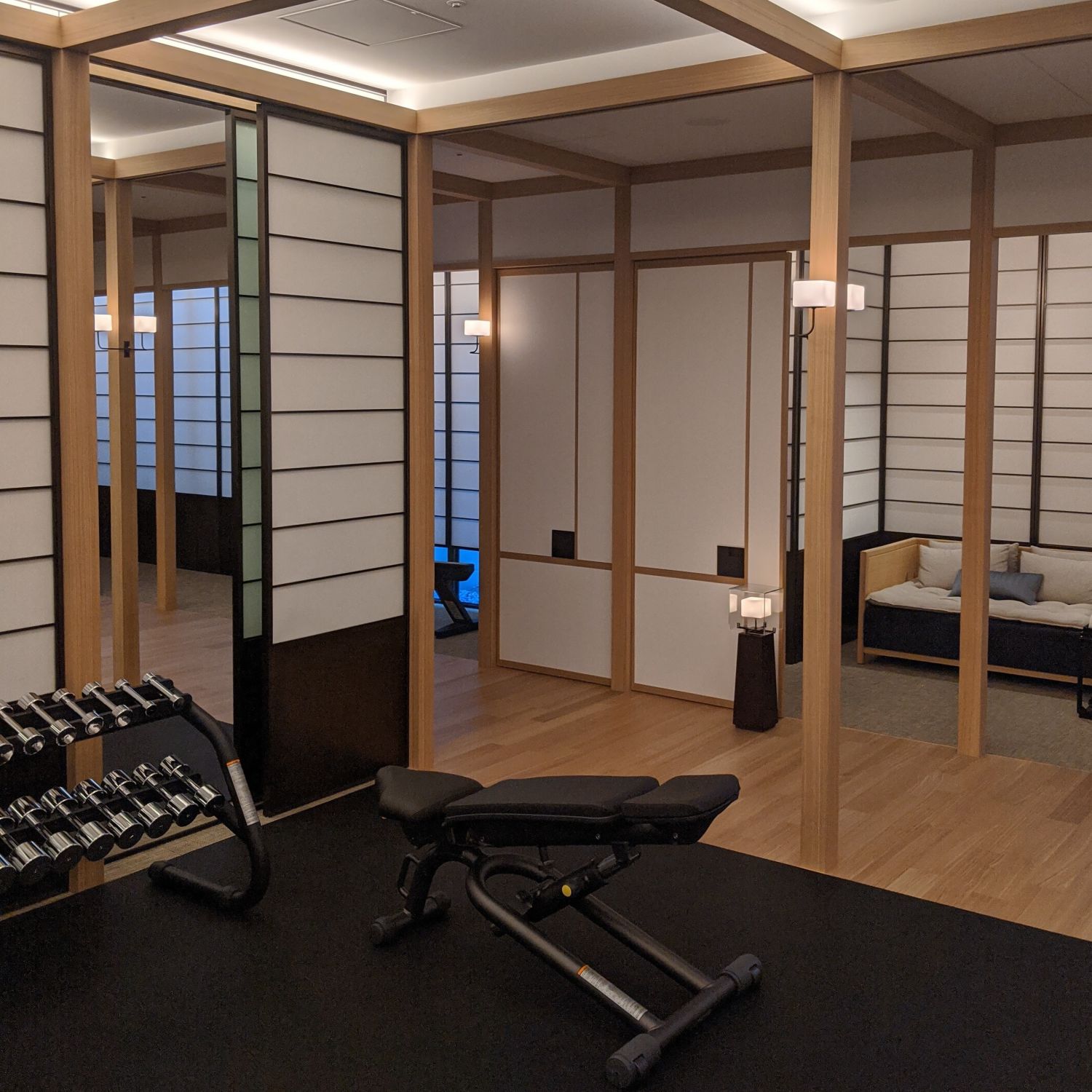
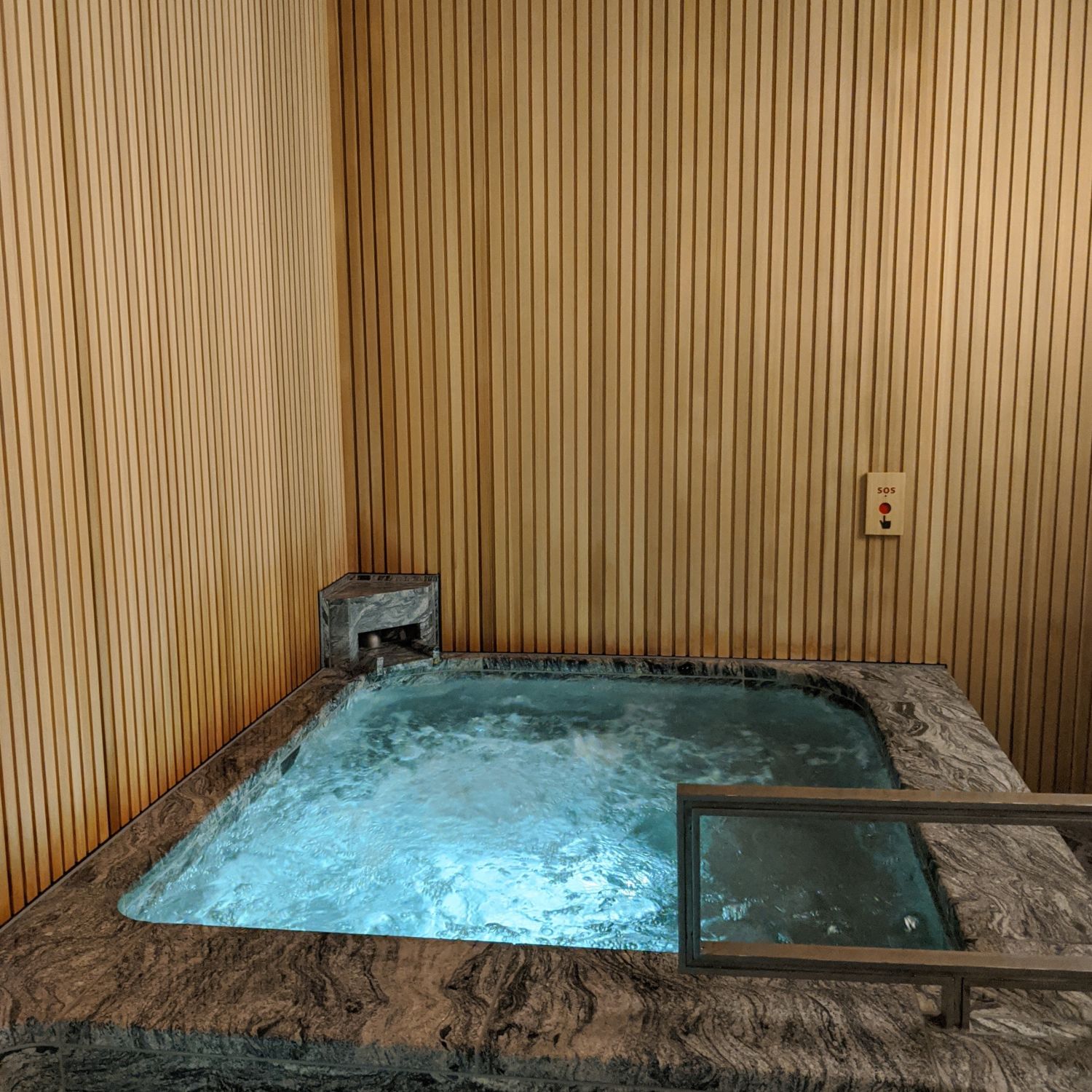
NINENZAKA HOUSE
Boasting spectacular views of Yasaka Pagoda and overlooking the streets of Ninenzaka, the 68sqm Ninenzaka House plays it all plush and luxurious residential comfort, combining traditional-style Japanese wood interiors with modern touches such as automated blinds and sheers as well as a wealth of power and USB outlets throughout the suite. Tony Chi’s distinctive design touches are evident across the suite’s furnishings and appointments, from the strategic placement of tomes and sumptuous marble of the bathroom to the stylish tessellation wall behind the minibar. The high, dramatically sloped ceiling gives the space much aesthetic character, while elsewhere guests would find it challenging to leave the immersive embrace of the quicksand-esque sofa in the living room.
The handsomely stocked pantry and minibar is equipped with Nespresso and Tea Forte tea-making facilities, bottles of Park Hyatt Kyoto-branded natural spring water and Yamazaki sparkling natural mineral water, spirits such as Grey Goose vodka, Ki No Bi Kyoto dry gin and Akashi White Oak blended whisky, Ruinart champagne as well as a selection of wines, beers and soft drinks.
The bedroom directly faces both the hotel’s main entrance as well as the popular Higashiyama shopping district, and I was startled by just how physically close my room was to the Ninenzaka area. Given the likely visibility of the suite from those vantage points, guests who do not possess exhibitionistic tendencies may be well-minded to lower the sheer when they require privacy, or at least limit both nudity as well as amorous activity to the bathroom area or other blind spots away from public view.
The marble bathroom, which is accessible from the bedroom and connects to the adjacent walk-in closet, features double vanities, a Dyson hairdryer and an enclosed shower area with rainfall shower facilities and a built-in bathtub. Bathroom amenities are from Japanese stamp pad and fragrance company ÉDIT(h) (a suite exclusive) as well as Le Labo.
We had originally booked the King Bed View Deluxe room for a birthday celebration, but in view of the birthday festivities the hotel generously upgraded us to the Ninenzaka House (classified as a premium suite under the World of Hyatt loyalty programme) upon our arrival. On top of that, they also provided me with a birthday cake and a bottle of Tamba Wine Joshu Haku, a sweet sparkling wine from Kyoto. The gestures reinforced my long-time association of the Hyatt brand with exemplary service standards – this is not the first time a Hyatt hotel has pulled out all the stops to make a celebratory occasion feel even more special (I recall a recent positive experience at Andaz Singapore where we were given a similarly fantastic upgrade because it was a birthday stay). I cannot help but draw comparisons between this stay and my stays at Aman Kyoto and The Okura Tokyo during the same period in terms of how each hotel treats a celebratory stay.
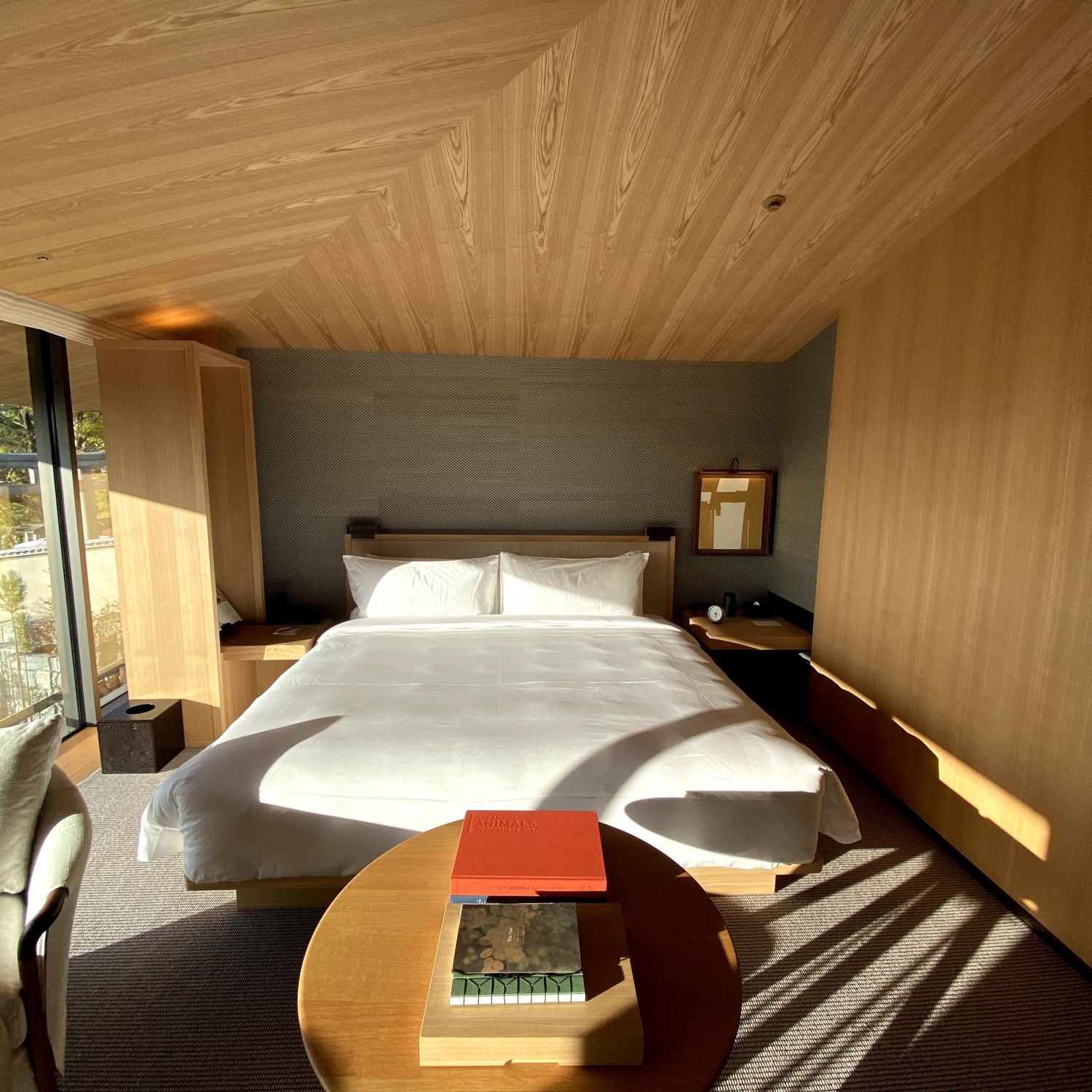
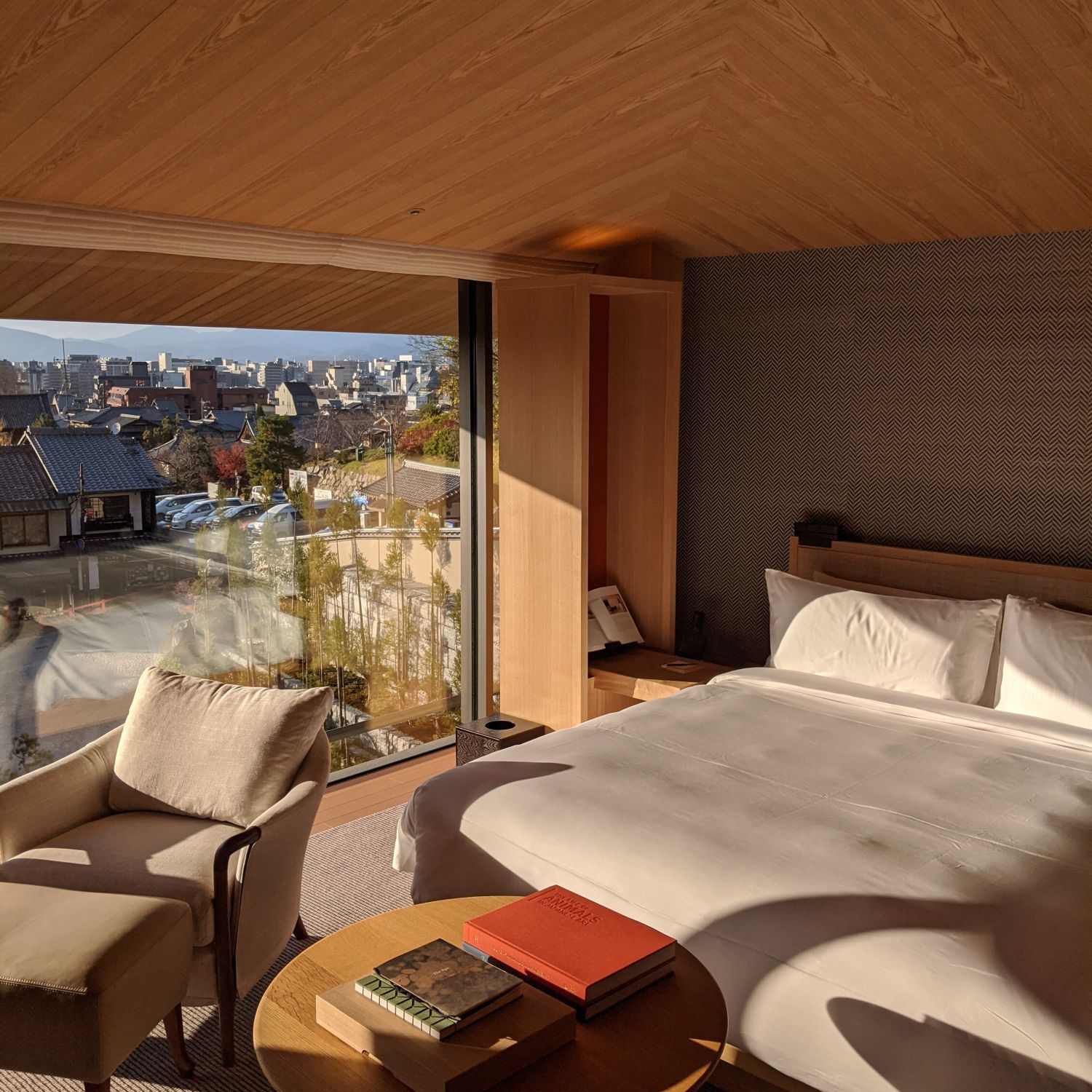
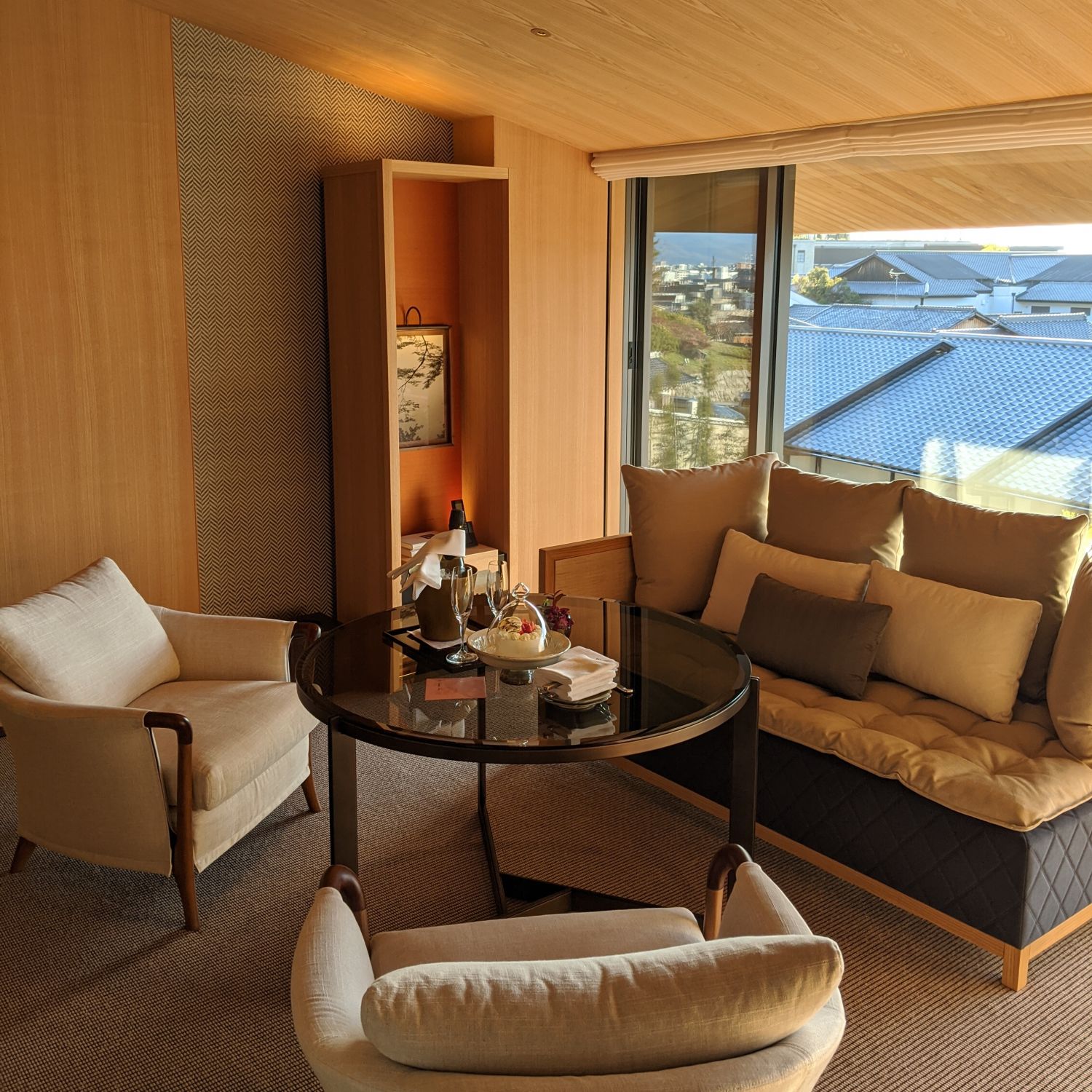
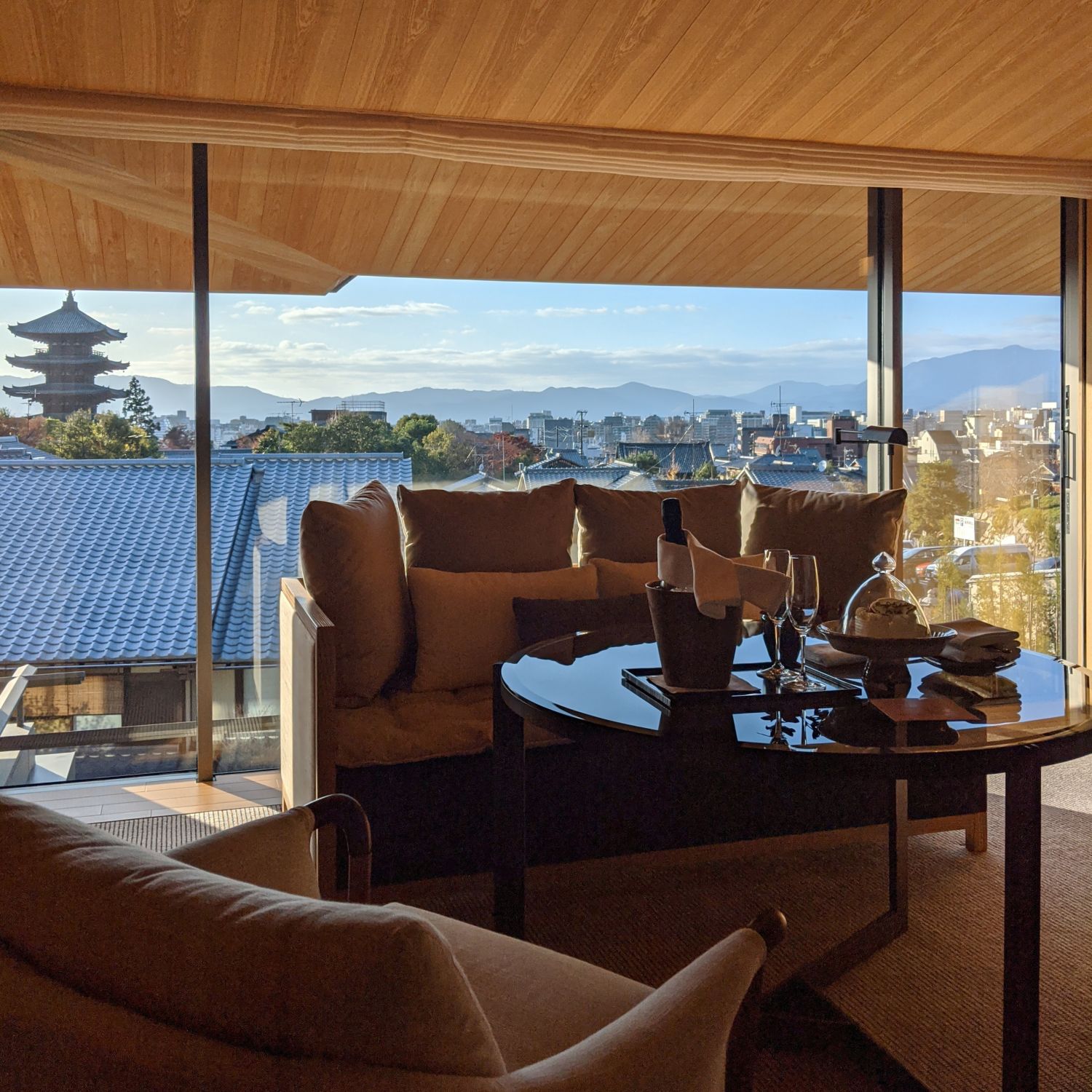
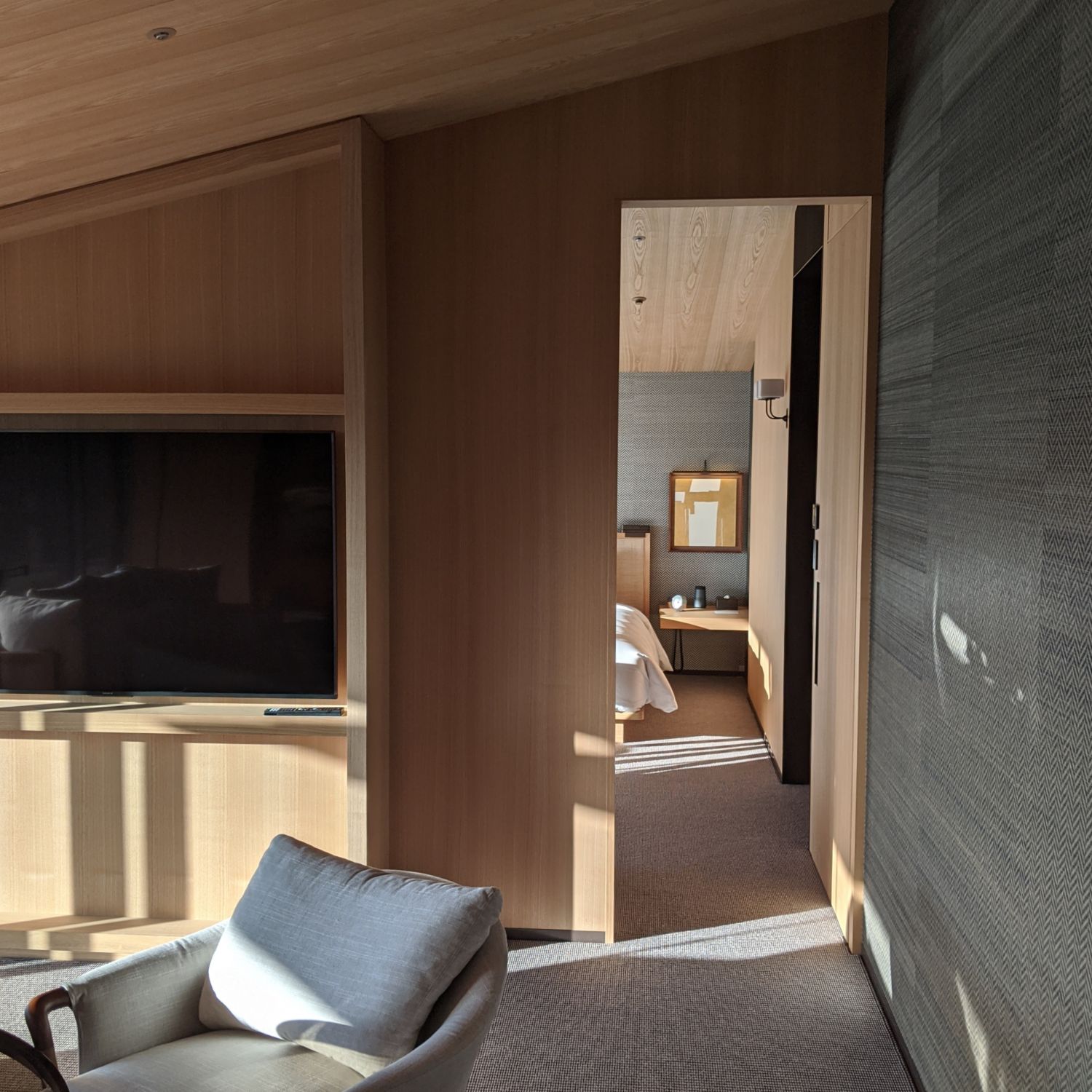
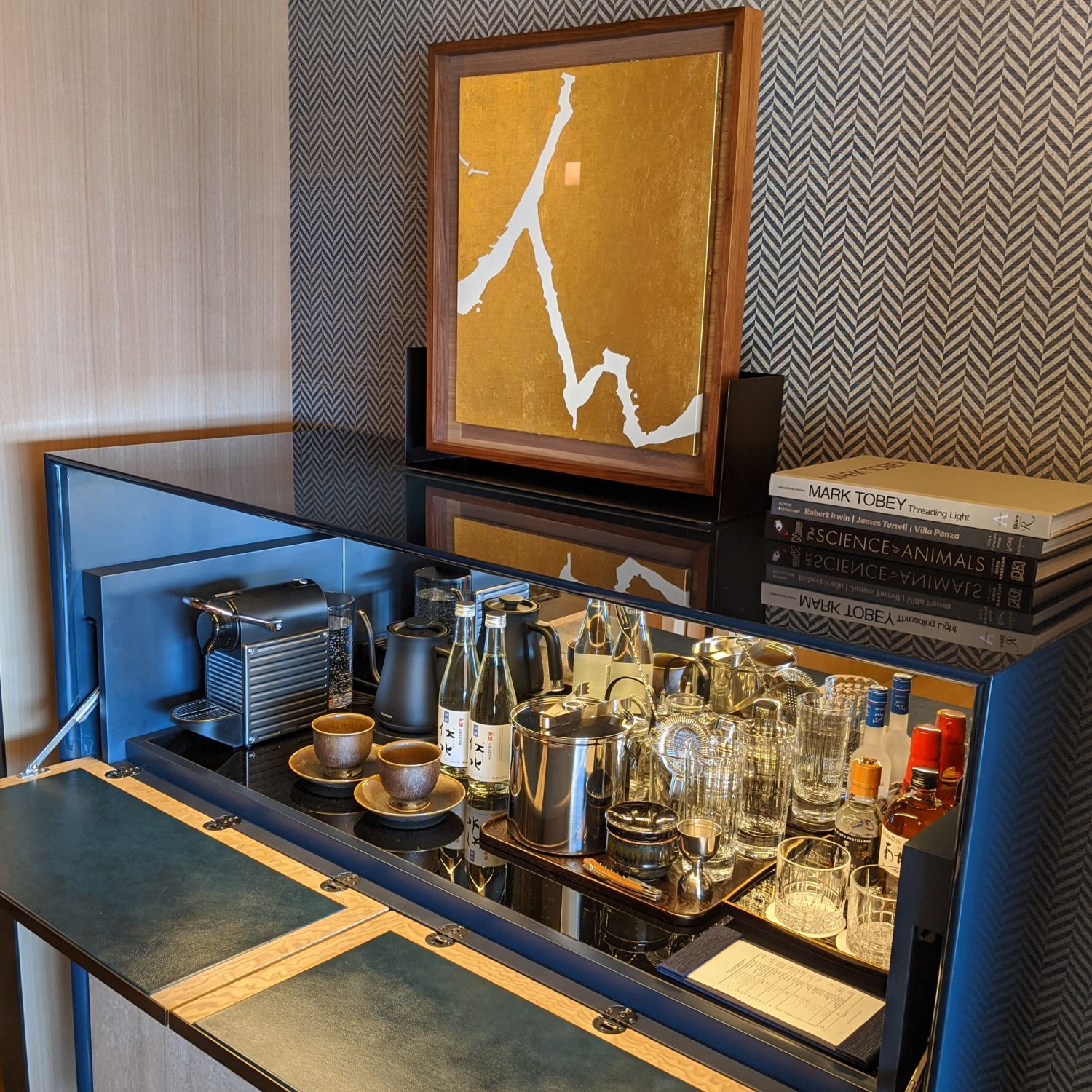
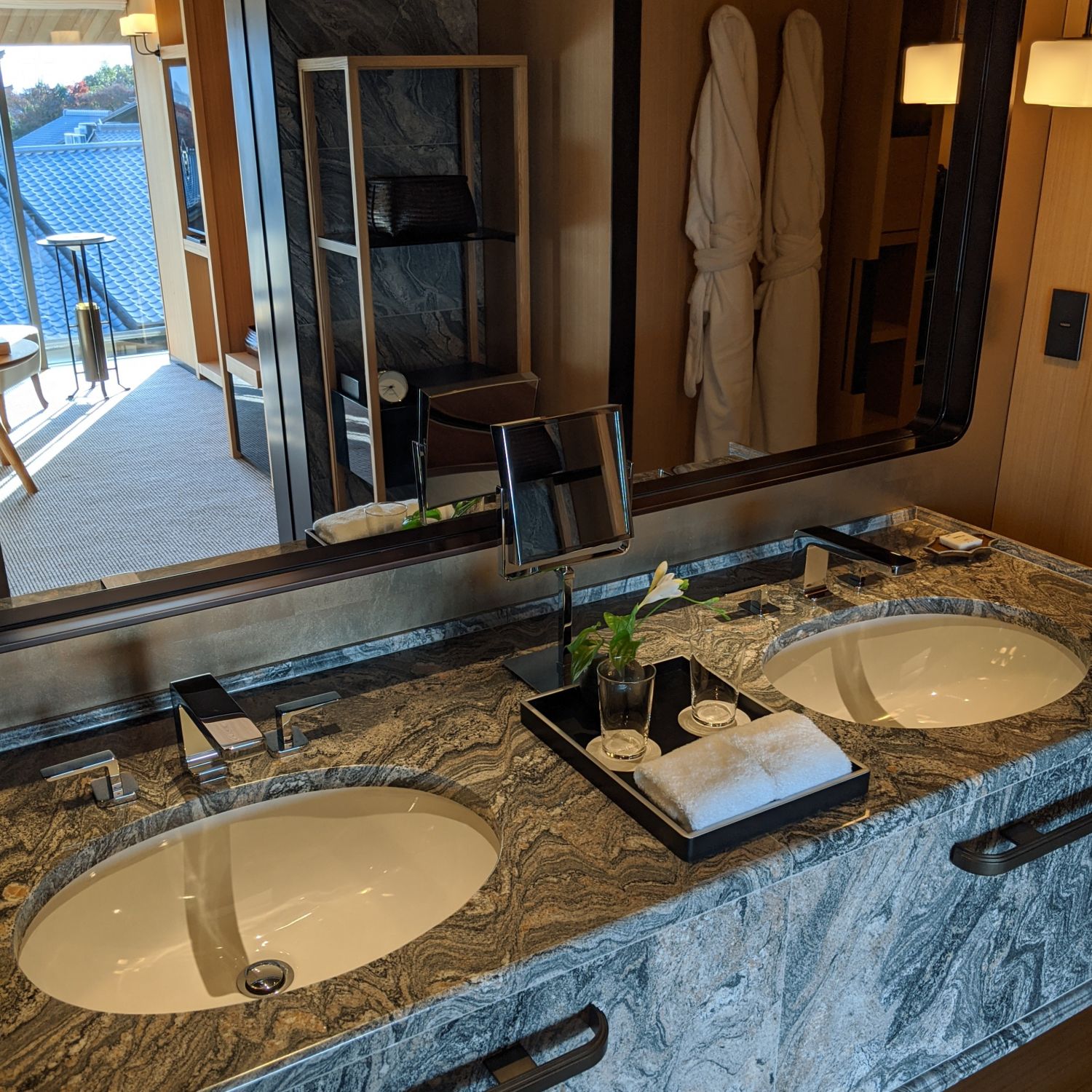

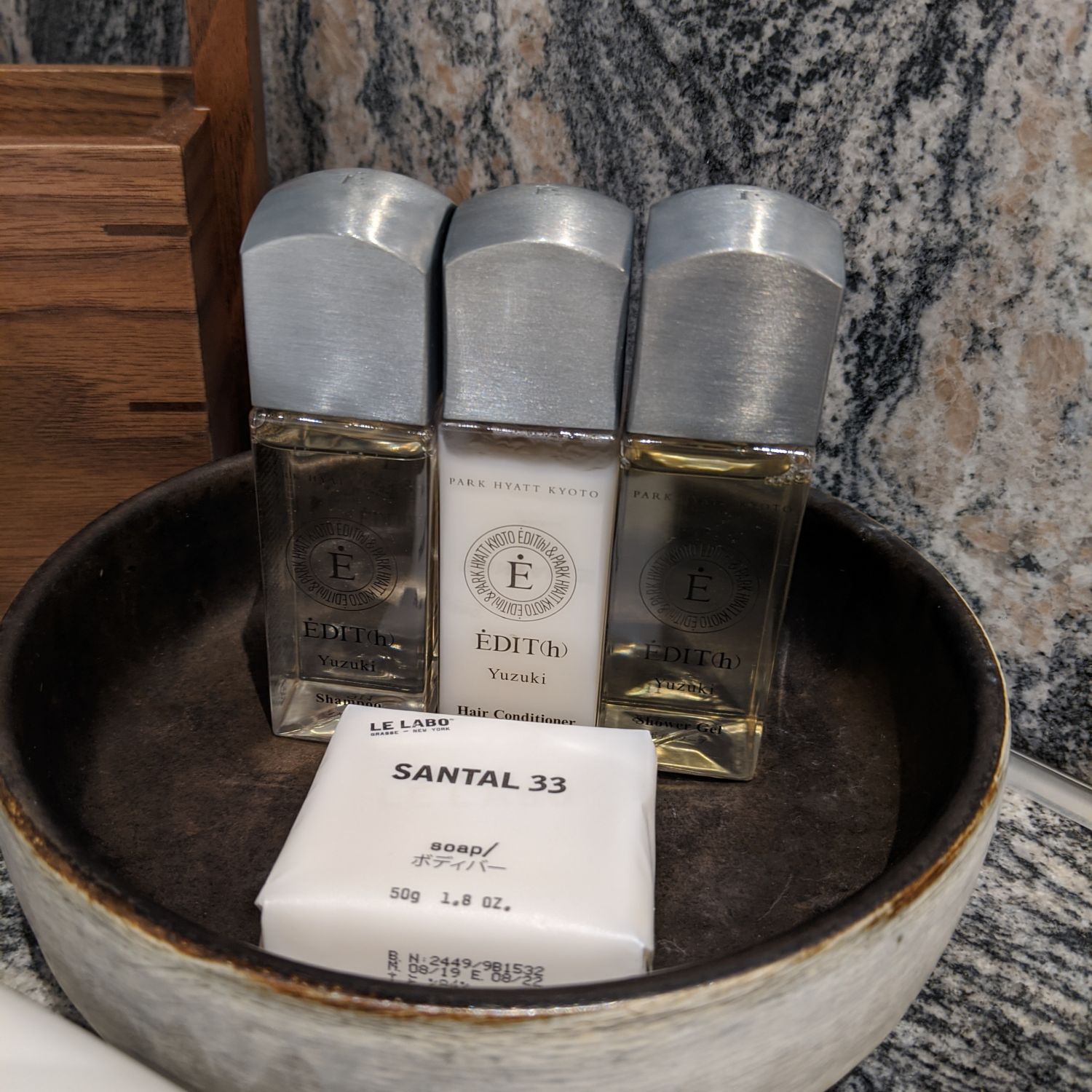
DINING
The hotel houses five distinct F&B concepts: famed Japanese kaiseki restaurant Kyoyamato which is situated within the hotel’s private old garden; signature teppanyaki concept Yasaka and cocktail bar Kohaku which enjoy intimate night-time views of the Yasaka Pagoda; street-side all-day cafe Kyoto Bistro which serves both local and Western cuisine; and lobby lounge The Living Room for afternoon treats.
Overlooking the busy shopping alleyways of Ninenzaka, street-side café Kyoto Bistro serves coffee, a selection of cakes and pastries, wines, refreshing beverages such as Matcha Soda and Plum Lemonade as well as local and Western casual cafe fare: think Kyoto Fish & Chips, Hiyoshi Pork Schnitzel with Japanese Curry, Kyoto Steak Frites and Raw Seafood Rice Bowl. The Chicken Teriyaki Burger hit all the right comfort spots, playing it like a very juicy, almost-Hamburg burger patty with an Asian persuasion, while elsewhere the Daily Fish in Clay Pot with Root Vegetables (I had a lovely alphonsino fish) provided an abundance of feel-good rustic soul. Ending the meal on a most indulgently sin-charged note was the Mont Blanc Sundae, which comprised folds and folds of thick, chewy chestnut paste underneath a milky vanilla soft serve drenched in both sweet raspberry sauce as well as a shot of whisky (yes, whisky).
Kyoto Bistro is the most relaxed public space within the premises. It was an enjoyable experience sitting by the window watching the endless tourist activity taking place along the busting Ninzenzaka street, with my favourite sighting being what appeared to be a samurai dog with a sword on its back (?!) strolling down the street alongside its samurai hat-toting and flute-playing human.
Guests with breakfast privileges can choose from two breakfast options: breakfast at all-day dining concept Kyoto Bistro or a special Japanese breakfast prepared by Kyoyamato to be enjoyed at The Living Room. I opted for the Japanese breakfast, which comprised a simple but delicious broiled fish, a bowl of Asari Clams Miso Soup with Mitsuba Leaf, various exquisite obanzai (homestyle Kyoto dishes) such as Japanese Omelette made with Miyama Egg, Sauteed Wagyu Beef Tendon and Burdock, Kyoto Tofu with Bonito Flakes and Sauteed Baby Sardine and Fushimi-Pepper in a red lacquer two-layer bento box as well as Tamba Rice Koshihikari served table-side. I was duly impressed by how my scoop of rice was placed delicately onto my plate in a too-perfect quenelle.
Located on the 4th level, course-meal teppanyaki concept Yasaka and cosy cocktail bar Kohaku deliver evening dining and drink experiences paired with direct views of Yasaka Pagoda through expansive floor-to-ceiling windows. Both spaces are minimally designed, allowing the drama of ombre sunset/hushed dim lights of the faraway cityscape and the glowing Yasaka Pagoda to set the backdrop for your evening. The vibe at Kohaku was low-key intimate and the air heavy with anticipation, with guests keeping conversations hushed and the main sound in the air being the snapshot clicks of guests’ mobile phone cameras. Seated at the leather-backed couch area in one corner of the room (all counter seats were already taken even though I arrived 5pm on the dot when they were meant to open), I sat in silence as I took in the breathtaking majesty of the bar’s transitional pagoda sunset view while enjoying the bar’s spirit-forward, classic cocktail-influenced tipples (the Kohaku and the Miyako Old Fashioned were giddyingly potent).
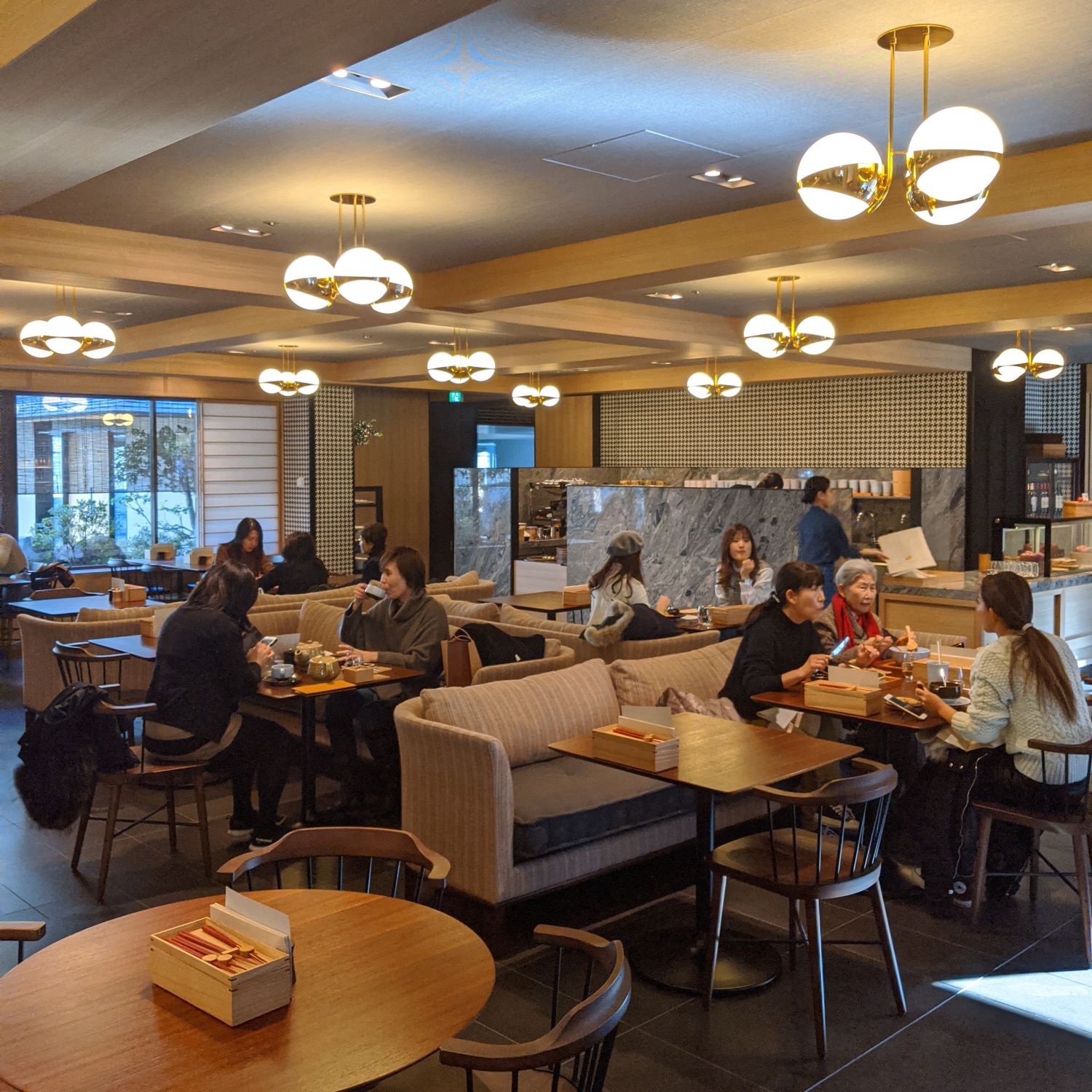
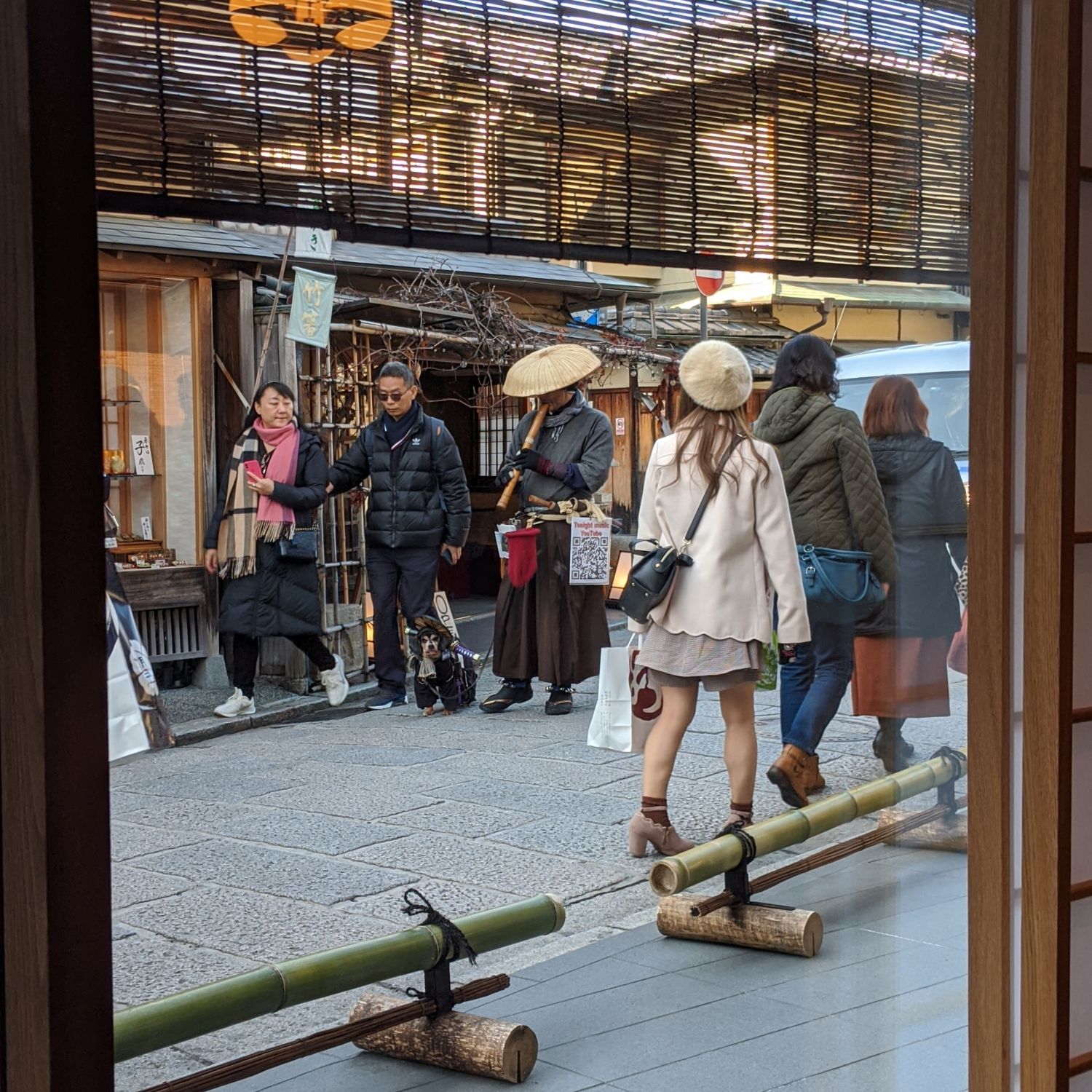
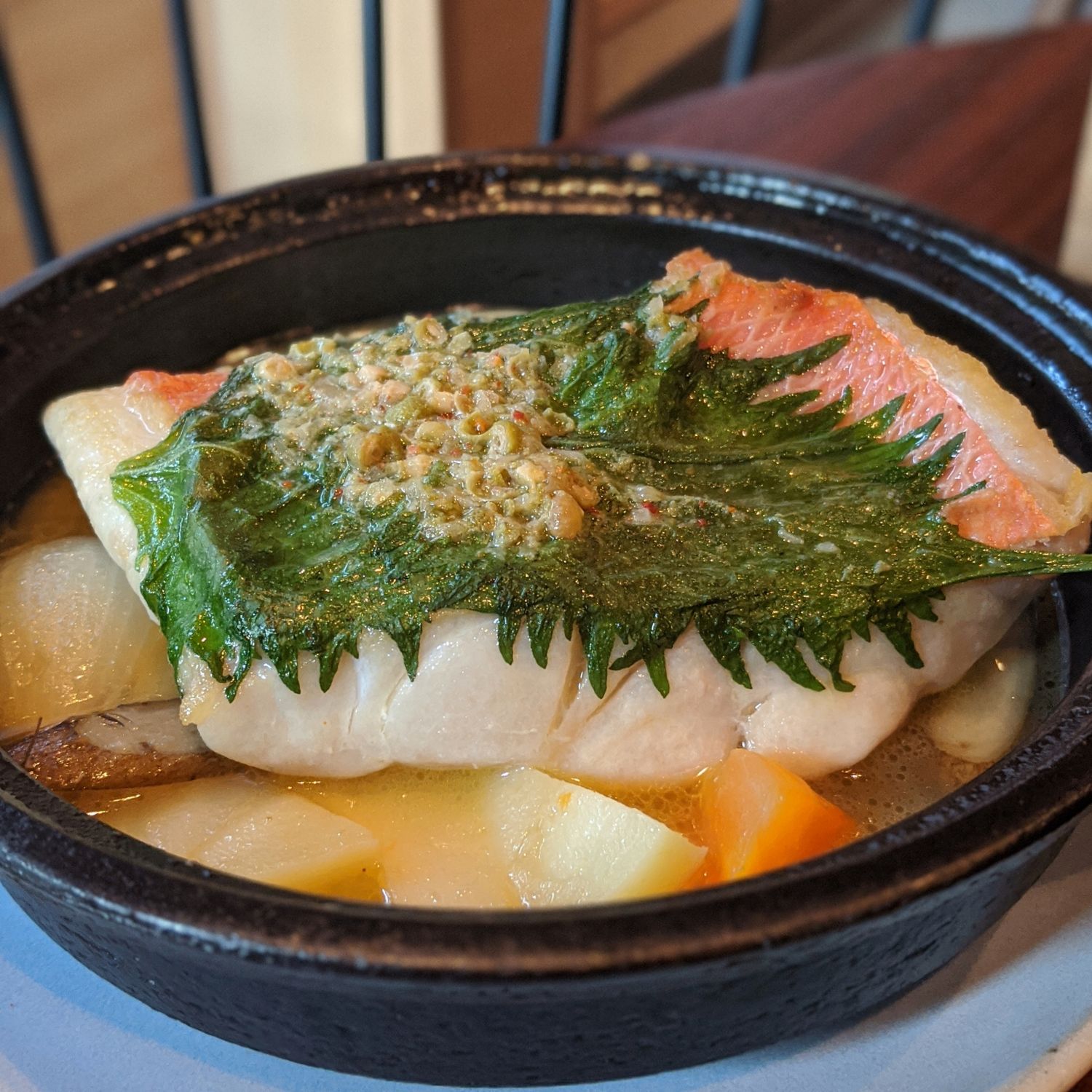
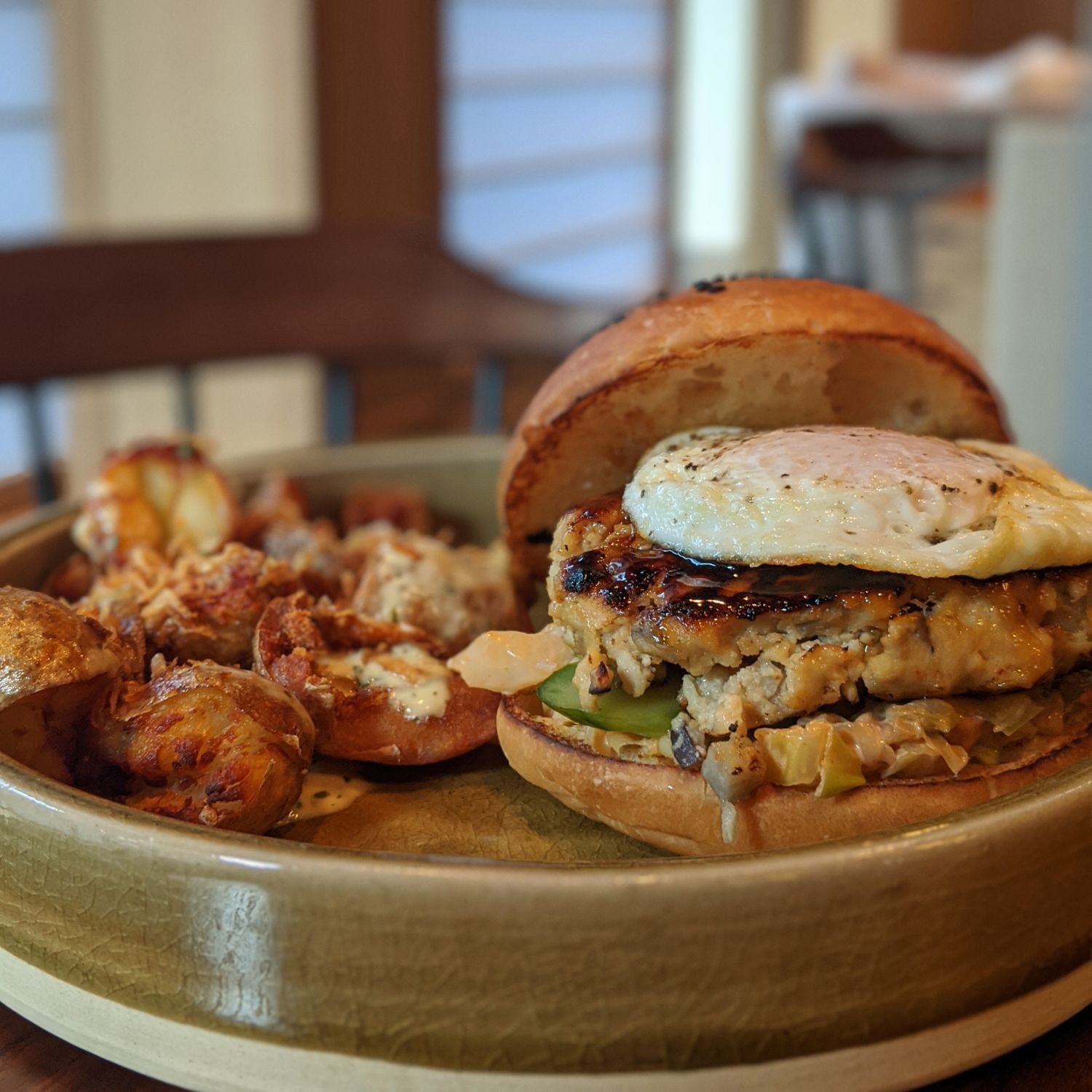
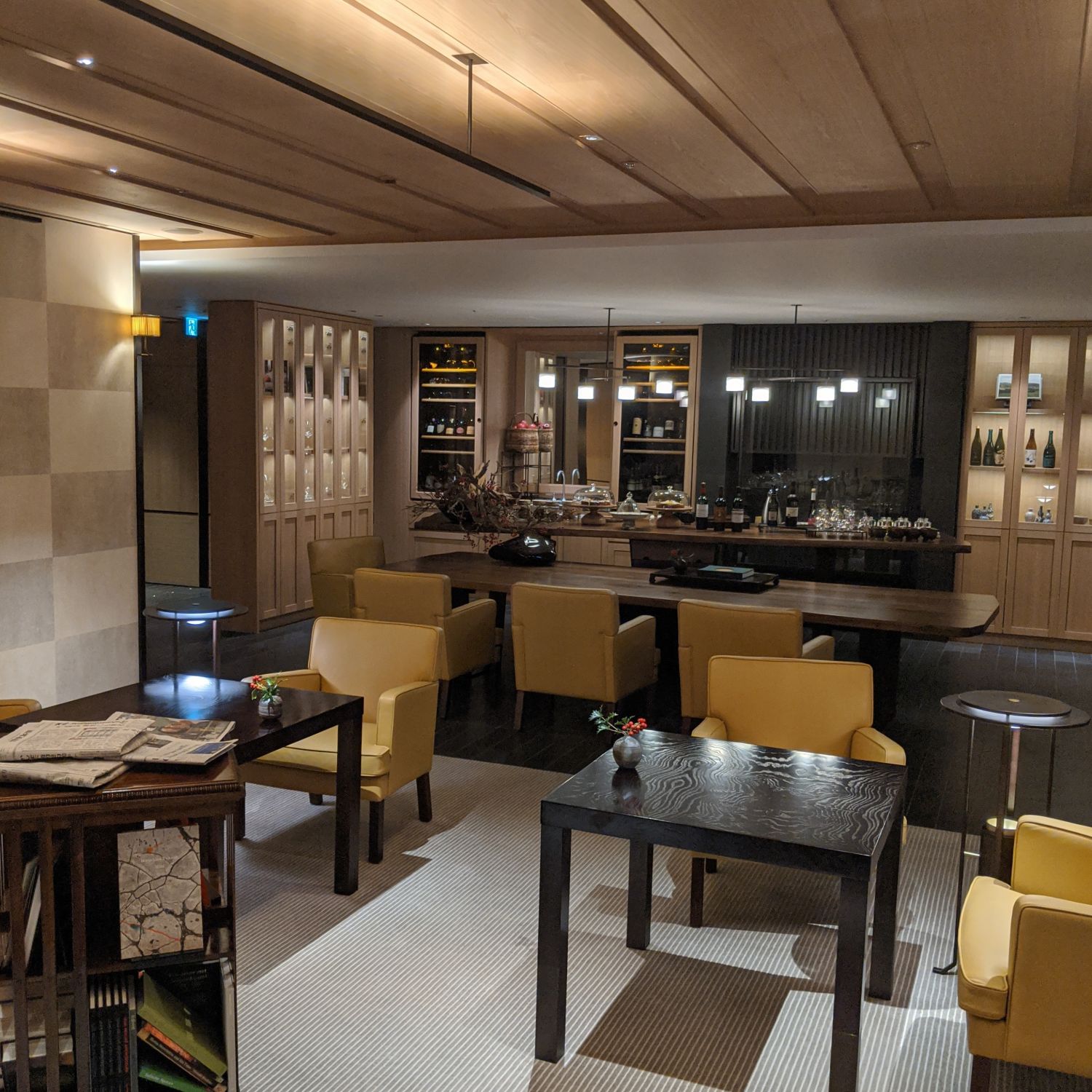
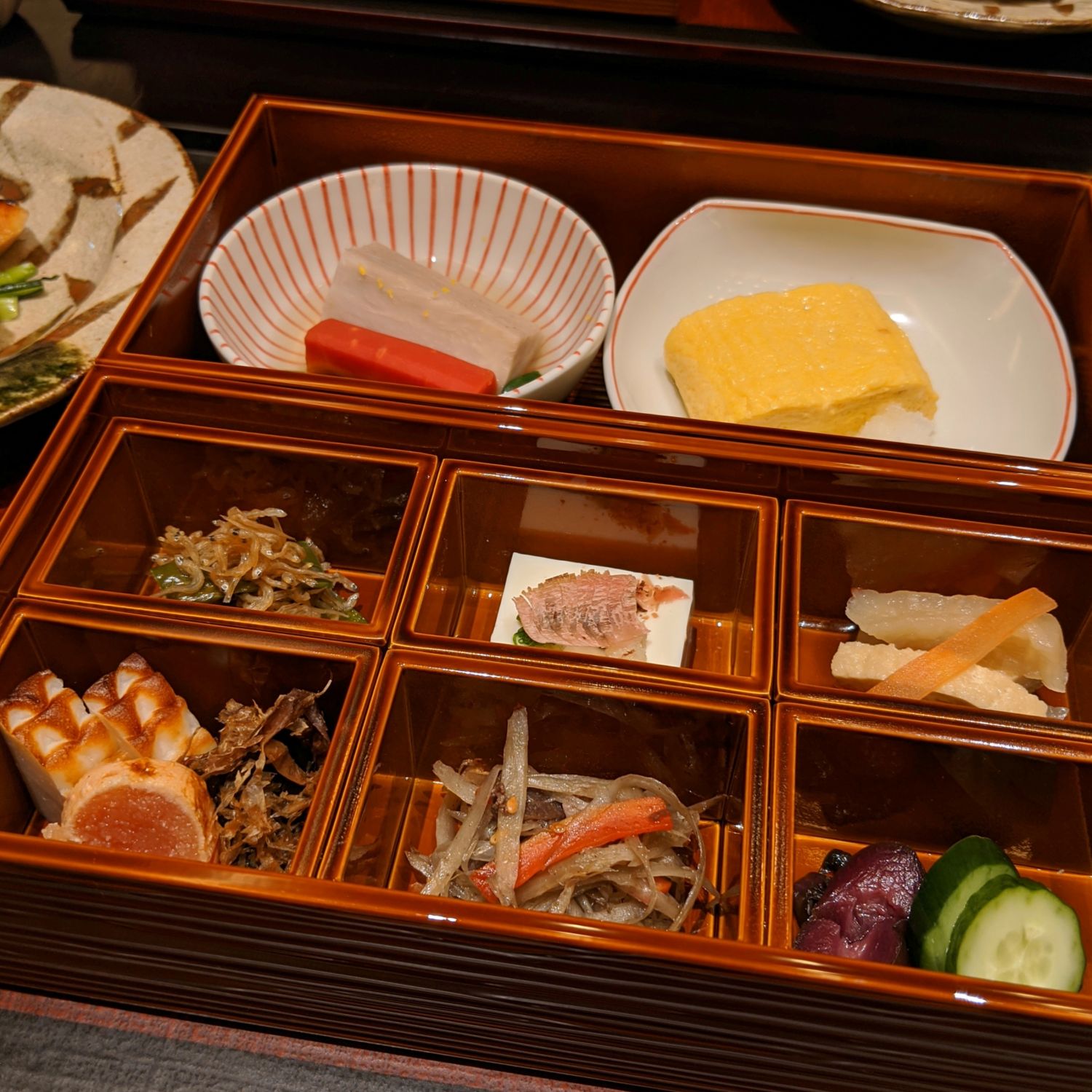
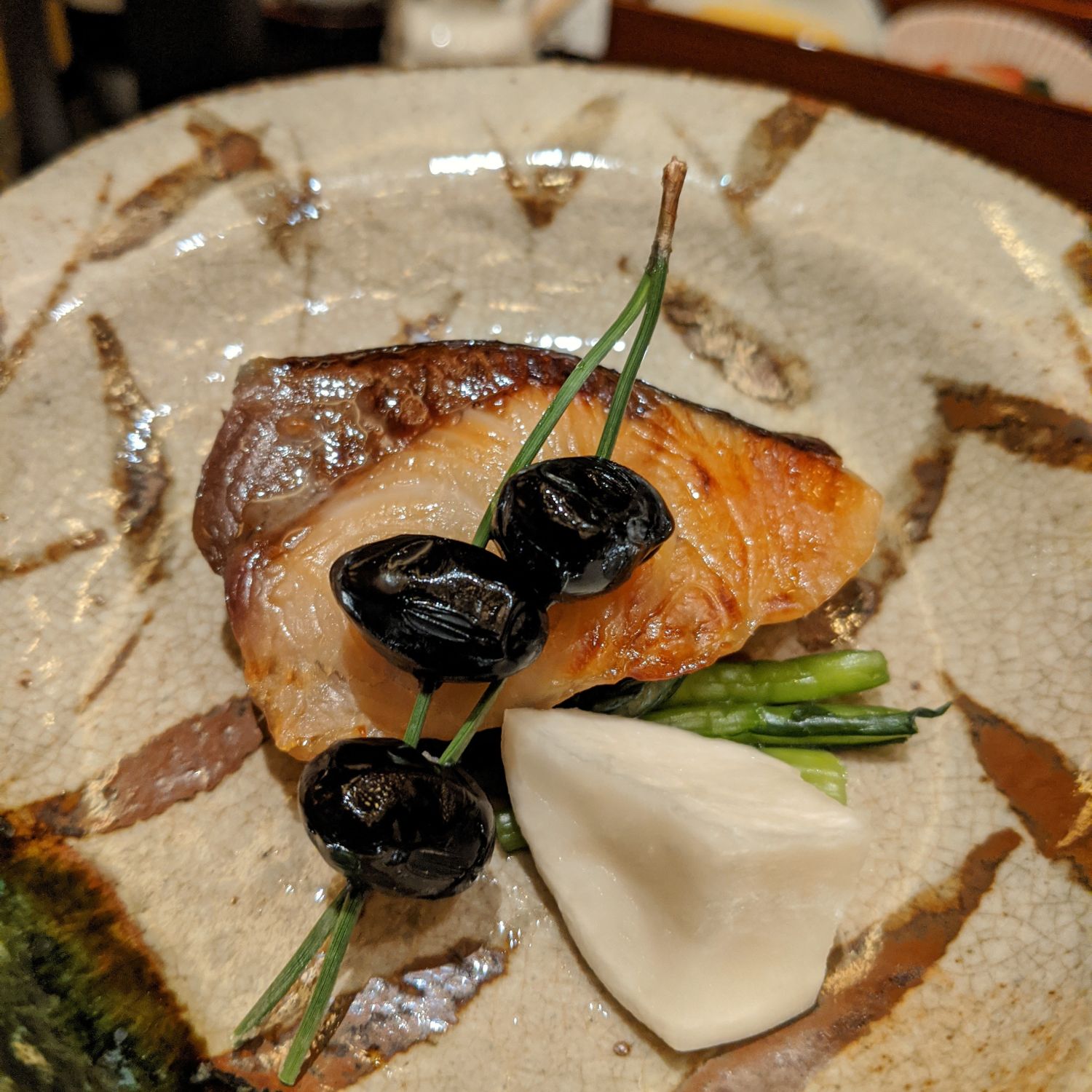
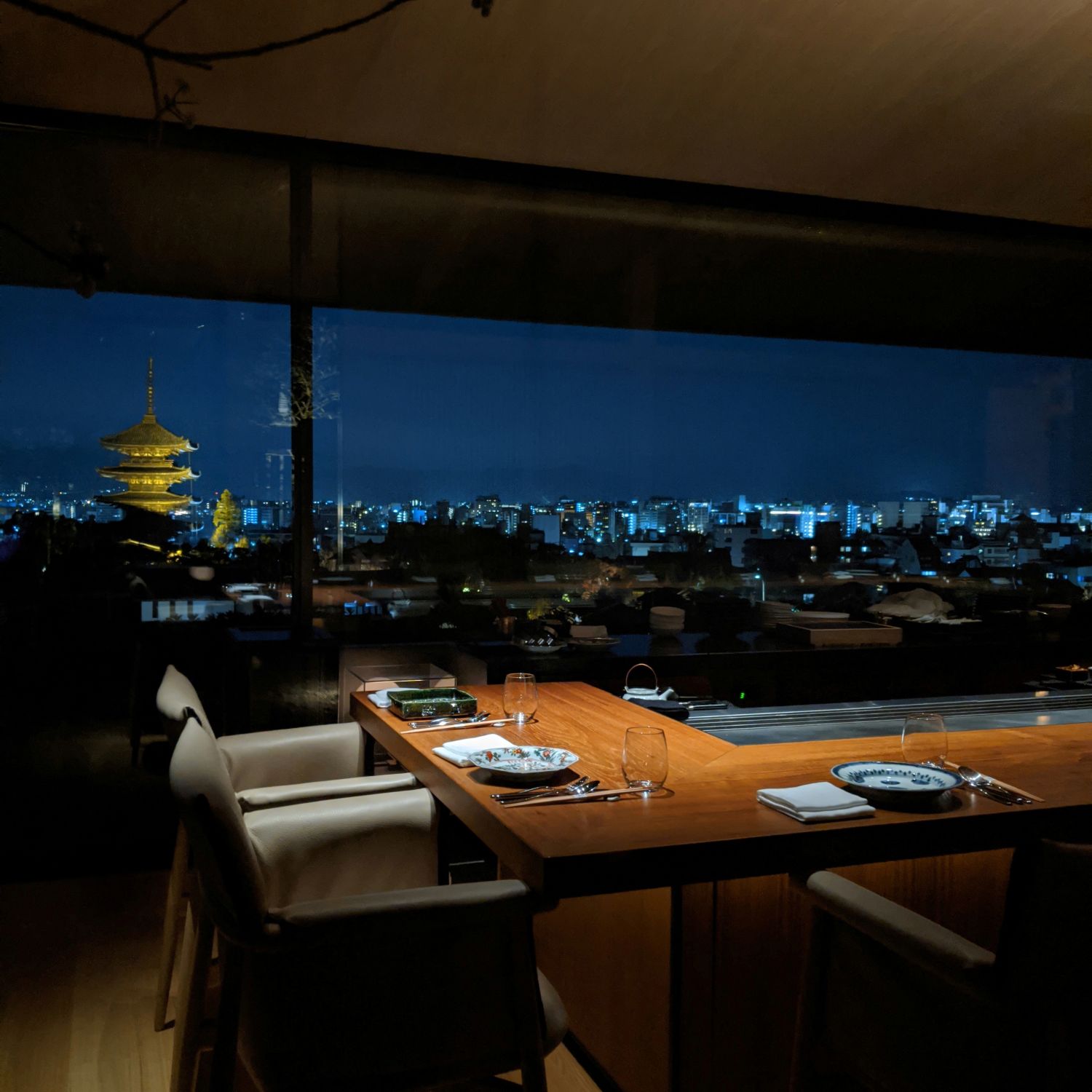
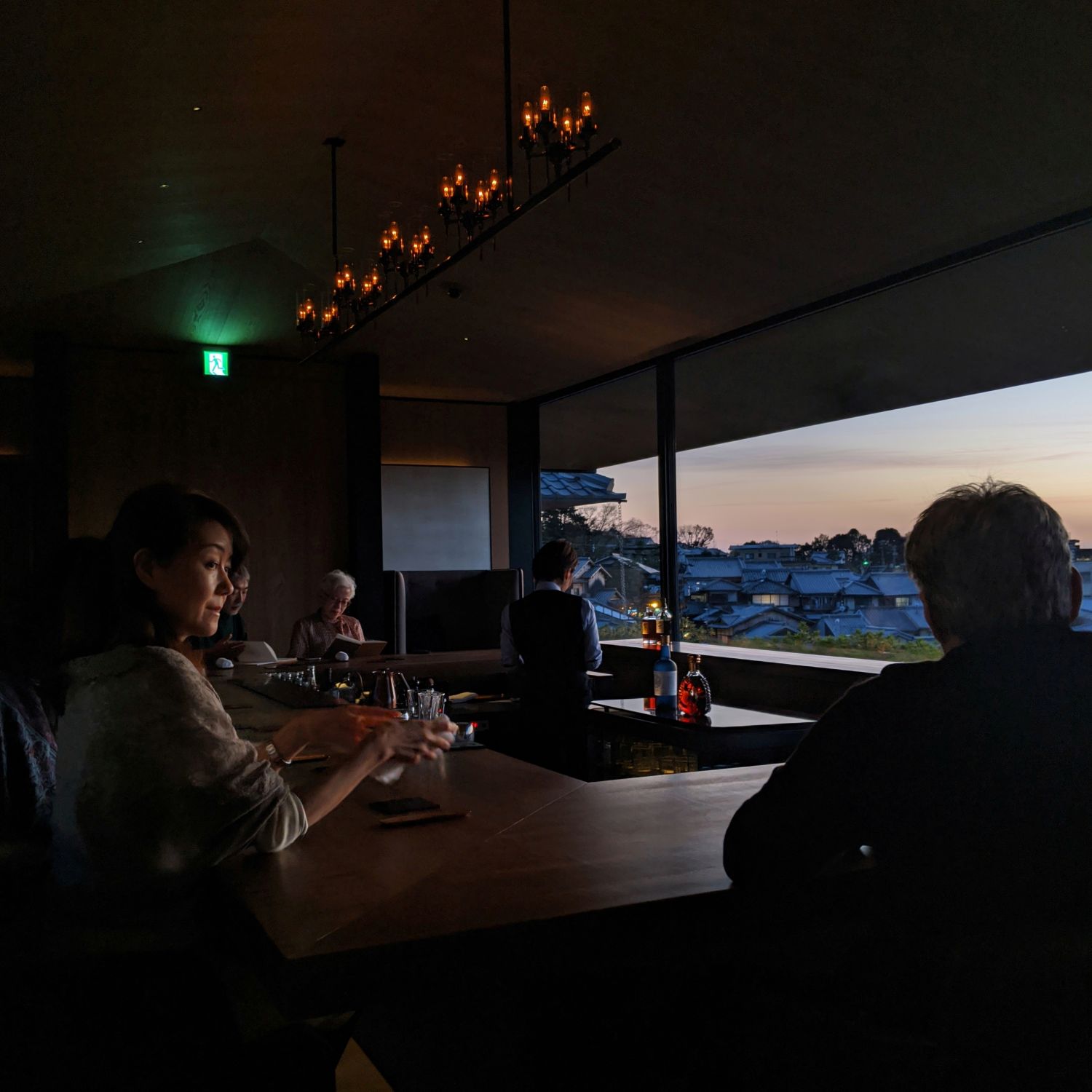
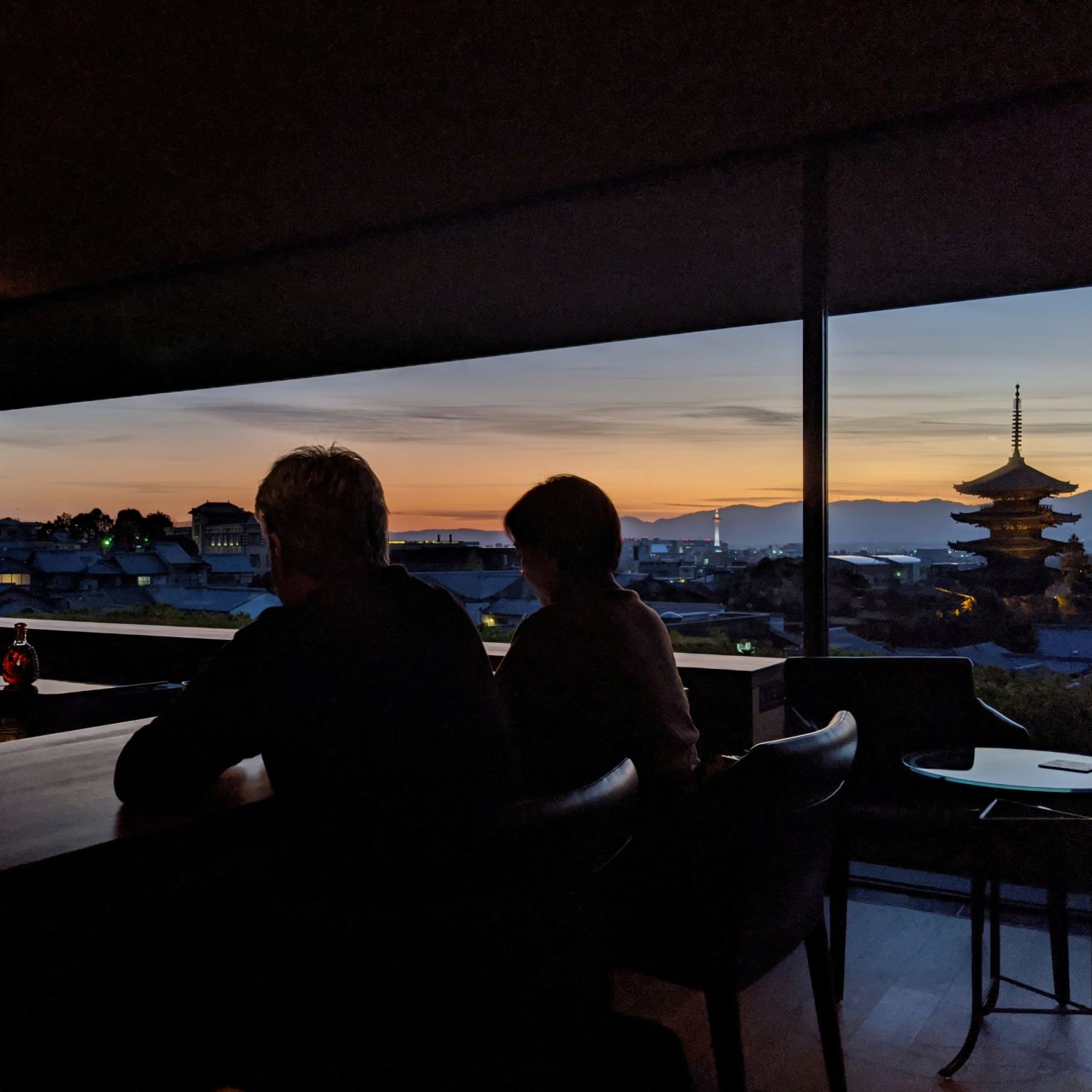
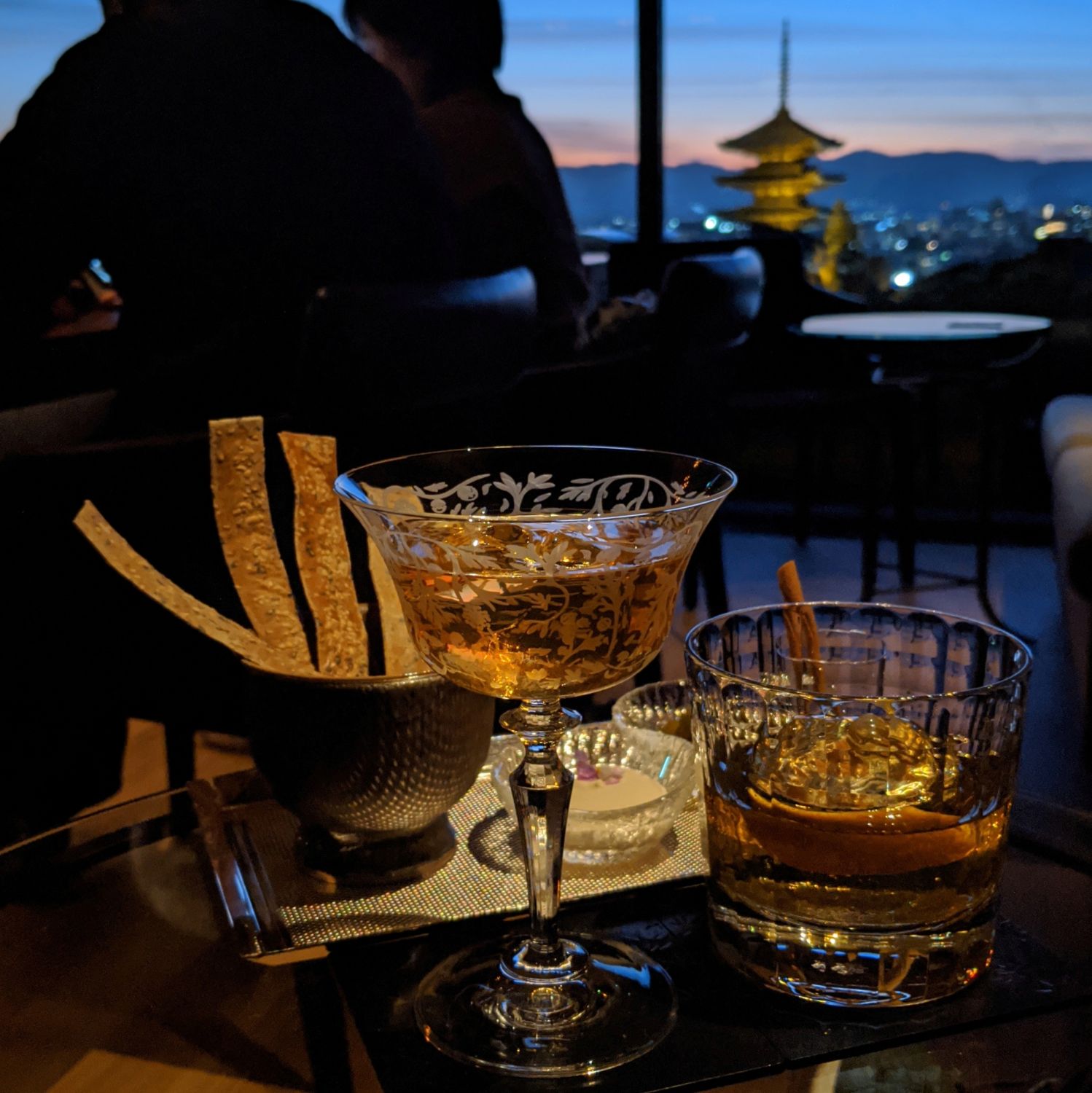
CONCLUDING THOUGHTS
The hotel’s confident brand of luxury hospitality, indulgent guest room experience and very unique and strategic location make it an excellent choice of accommodation for discerning visitors looking for the perfect way to immerse themselves in the ancient capital’s heritage and culture.
Park Hyatt Kyoto
360 Kodaiji Masuyacho
Higashiyama-ku, Kyoto-shi
Kyoto, Japan, 605-0826

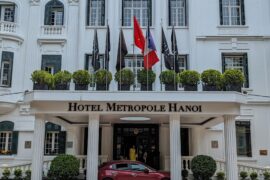
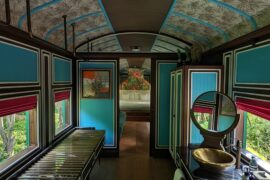
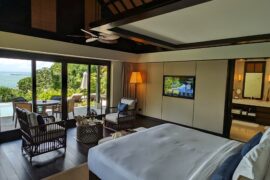
Comments are closed.